Le Monde Problématique's Public Feed: Willkommen zu meiner Debattenr...
Das indonesische Kollektiv ruangrupa wird die kommende Documenta kuratieren, welche 2022 in Kassel stattfinden wird. Im Rahmen der gerade stattgefundenen Berlinale lud die Gruppe zum gemeinsamen „Abhängen“ ein, welches dem Informationsaustausch dienen sollte. Simone Reber war für Deutschlandfunk Kultur vor Ort und berichtet in ihrem Beitrag über den kollektivistischen Ansatz von ruangrupa, welcher auch die kommende Documenta prägen wird. Das Prinzip des Abhängens, „Lumbung“ genannt, bildet auch hier den Ausgangspunkt für die Pläne, welche in Kassel umgesetzt werden sollen: „Die Gruppe war vor Ort und hat sich Museen, Cafés und andere Treffpunkte angeschaut.[…] Lumbung bezeichnet eigentlich die Reisscheune in einem Dorf. Mirwan Andan [- Mitglied von ruangrupa - ] übersetzt es mit ‚ein gemeinsamer Topf‘: ‚Das ist ein Weg, gemeinsam zu überleben. Wir übertragen dieses Konzept auf die documenta auf zweierlei Art. Zum einen wollen wir Künstlerkollektive aus der ganzen Welt zu einer Institution vereinen. Und zum anderen organisieren wir eine Ausstellung. Uns interessiert weniger das Riesending, das man mit Händen greifen kann, lieber kleine und viele Initiativen.‘“
Die kommende Retrospektive Donald Judds im New Yorker MoMA sorgt für eine größere Aufmerksamkeit von Seiten der Fachpresse, was sich an der Artikelmenge messen lässt, welche sich mit dem Werk und der Person Judds auseinandersetzen. Exemplarisch sei hier auf einen wirklich tollen Artikel von Jerry Saltz hingewiesen, welcher zuerst im New York Magazine erschien. Er charakterisiert die künstlerische Arbeit des wohl bekanntesten „Minimalisten“ folgendermaßen: „In fact, his iconic boxes were meant to be an end point of a sort: not a form of expression but ‚the thing in itself,‘ an art-historical object emptied of all referential art-historical meaning. […] He refused to suggest anything outside the work itself.“ Das Anti-Traditionelle und die positivistische, phänomenologische Selbstreferenzialität von Judds künstlerischer Arbeit habe zu einer Art Vakuum geführt, so Saltz, welches danach verlangte, mit Bedeutung gefüllt zu werden. „In the end, Judd was less an end point than a reset, an end of modernism and a beginning of everything that followed, who, in trying to invent a form of pure object, actually ended up producing a platform — or a theater — onto which everyone else’s ideas about everything else could be projected.“ Judds Kunstauffassung könnte kaum weiter entfernt sein von gegenwärtigen Diskursen über Kunst und deren Aufgaben. Gerechtigkeit, Repräsentationsfragen, Heilung bzw. Affirmation statt Irritation, politischer Aktivismus – all dies scheint so weit weg zu sein vom L‘art pour L‘art Ansatz des klassischen Minimalismus, dass man kaum noch von „einer Kunst“ sprechen kann.
Eine großangelegte Übersichtsausstellung zum Stand der Malerei in Deutschland mit dem programmatischen Titel “Jetzt! Junge Malerei in Deutschland” ist nach Stationen in Bonn, Chemnitz und Wiesbaden nun in den Hamburger Deichtorhallen gelandet. Anika Meier fragt in ihrer Ausstellungsbesprechung für Monopol nach dem behaupteten Gegenwartsbezug der Ausstellung: „So gut die Idee ist, gerade jetzt den Fokus auf die Malerei zu richten, so schlecht ist die Herangehensweise an das Thema. Bis auf wenige Positionen (etwa Florian Meisenberg, Kristina Schuldt, Vivian Greven) hätte die Ausstellung auch im Jahr 1980, 1990 oder 2000 so aussehen können“, so die Autorin. Die allermeisten der ausgestellten KünstlerInnen hätten keinerlei Bezug zu den digital geprägten Bildformen der Gegenwart. Die Behauptung der Gegenwärtigkeit erschöpfe sich in der Tatsache, dass die Ausstellung eben aktuelle Malerei von maximal etwa vierzig Jahre alten KünstlerInnen zeige. Die formale Beschränkung auf Deutschland sei ebenso unzeitgemäß wie die Konzentration der Kuratoren (alle männlichen Geschlechts) auf die großen Kunstakademien, so die Autorin.
Die Ausgabe Nummer 51 der Zeitschrift Lerchenfeld, welche von der HfBK Hamburg herausgegeben wird, beinhaltet drei weitere lesenswerte Besprechungen des Großprojekts. Unter dem Titel „Totgesagte leben länger“ (bitte markieren und dann unten auf „Magazin erstellen und downloaden“ klicken) finden sich die Artikel von Anka Ziefer, Christoph Schütte und Moritz Scheper, wobei letzterer ein besonders fetziges Stück Kritik abliefert. Kleine Kostprobe: „Im Endeffekt ist es eine Aneinanderreihung der Positionen von 53 Künstler*innen, die nach 1980 geboren wurden, in Deutschland leben und auf Rechtecken malen, ansonsten aber nichts miteinander zu tun haben. Kann man machen. Aber wenn man überdies den Anspruch formuliert, ‚einen gültigen Querschnitt durch die junge Malerei zu geben, die in den letzten Jahren in Deutschland produziert wurde‘, dann darf man nicht die Entwicklungen der letzten Jahre ignorieren: Painting beside itself, queer abstraction, die neue Lust am Figurativen, an narrativer Malerei, neu-symbolistische Tendenzen, die demütige Hingabe ans Kleinformat, usf. […] Riesige Großformate überrumpeln einen mit der schieren Wucht ihrer Größe, die in einer Scheinkorrelation den Essenzialismus über Zentimeter einzuführen versucht. Sie klemmen dich unter ihrem Gewicht ein wie ein riesiger, fetter Kerl und schnüren die Luft ab, die man zum Argumentieren benötigt. Betrieben wird ein regelrechter Kult um das Tafelbild, offenbar um einem dem Medium vermeintlich inhärenten Intellektualismus die Tasche zum Auto zu tragen. Vor der Tafel wird jeder zum Schüler, absolutes Paintsplaining, ein Alptraum.“
Ai Weiwei hat ein spezielles Talent dafür, die deutsche Medienlandschaft mit immer neuem Klickbait zu versorgen – seine polemische Art, mit der er deutsche Innen- und Außenpolitik, den Kulturbetrieb, die Bundeshauptstadt sowie deren Bürger*innen kritisiert, sorgt zuverlässig für Empörung. Produktiv ist das so gut wie nie, dafür ist der Ton der darauf folgenden Debatten von vorne herein zu sehr von einer Angriffs- und Verteidigungslogik geprägt. Die Präzision, mit der Weiwei neurotische Punkte im deutschen Selbstverständnis trifft, ist auf jeden Fall bemerkenswert.
Eine besondere Gruppe, gegen die der Künstler nach seinem Wegzug aus Berlin austeilte, war seine ehemalige Studierendenschaft an der Universität der Künste Berlin. Donna Schons hat für ihren Artikel für das Magazin Monopol mit mehreren ehemaligen Studierenden Weiweis gesprochen, welche auf die Vorwürfe ihres damaligen Professors reagieren und die Lehrsituation in der Klasse aus ihrer Sicht beschreiben.
Das van Gogh Museum in Amsterdam ist das besucherstärkste One-Artist-Museum der Welt. Anlässlich der Eröffnung eines Ableger des Hauses in London, welches die künstlerische Arbeit Van Goghs in eine Art Multimedia-Environment übersetzt, beschreibt Naomi Rea für news.artnet.com die Strategie der Institution. „‘In our mission to develop and explore new ways to reach the audience, we have recognized an evident demand in the market for experiences,‘“ so die Aussage des Geschäftsführers Adriaan Dönszelmann, den die Autorin mehrfach zitiert. Die Perspektive des Artikels ist vor allem eine ökonomische, alles dreht sich nur um Angebot und Nachfrage und natürlich um Besucherzahlen und Eintrittsgelder. Das gruselt über weite Strecken, interessant ist es trotzdem.
In der Ausgabe des Wirtschaftsmagazin brand eins zum Thema „Eigensinn“ sind gleich drei wirklich lesenswerte Artikel erschienen.
Christoph Koch beschäftigt sich mit dem Markt von Banksy‘s Arbeiten und erläutert vor allem das besondere System des Künstlers, mit dem er gegen Fälschungen seiner Drucke vorgeht. Eine Non-Profit Organisation namens Pest Control („Schädlingsbekämpfung“) übernimmt dabei die Authentifizierung und Zertifizierung von Banksy‘s Werken, wobei deren ausgeklügeltes System die typisch schlaumeierhafte Witzigkeit des Künstlers spiegelt.
Brian Mattingly ist ein hochdekorierter Koch und leitet die Kantine der Firma Dropbox in San Francisco, welche als die beste der Welt gilt, so Jochen Metzger in der Einleitung zu seinem Interview, welches er mit dem gebürtigen Briten geführt hat. Mattingly wurde 2006 Küchenchef bei Google, arbeitete später bei Apple und begann 2012 bei seinem jetzigen Arbeitgeber. Eine Besonderheit der Dropbox-Kantine sei, dass es nie ein Gericht mehrmals gebe, so Mattingly. „Im Silicon Valley wollen alle innovativ sein. Kann es sein, dass Ihre „Never Repeat“-Philosophie die Mitarbeiter genau darauf trimmt? Immer neu zu denken und erfinderisch zu bleiben?“, so die Frage Jochen Metzgers. „Bestimmt. Ich sehe mich auch als eine Art Lehrer. Meine Küche ist eine Ausbildung in gutem Geschmack. Viele Mitarbeiter kommen ja direkt von der Uni und haben zum Beispiel noch nie Kaninchen gekostet. Es geht mir darum, die Traditionen der ganzen Welt auf den Teller zu bringen und den Horizont meiner Gäste zu erweitern“, antwortet Mattingly.
Persönliche Autonomie gilt in den meisten demokratisch-kapitalistisch geprägten Gesellschaften als absolut erstrebenswert – ein Ideal, welches sich in der Figur der Künstlerin bzw des Künstlers besonders zu verdichten scheint. Dabei scheint es egal zu sein, dass in den letzten Jahrzehnten die vielfältigsten Künstlerrollen entstanden und ausprobiert worden sind – das Klischee steht weiterhin bombenfest.
Selbstbestimmt und individuell zu sein bzw. zu werden, das sei auch ein wichtiges Ideal in der Kindererziehung unserer Tage, so die Feststellung von Sophie Burfeind. Sie hat die Professorin für Psychologie Heidi Keller zu deren Einschätzung befragt, inwiefern die Erziehung zum Eigensinn sinnvoll sei.
Vor ziemlich genau 30 Jahren erschien die erste Version des Bildbearbeitungsprogramm Photoshop. Heute ist die Software weltweit die Nummer Eins und der Begriff „photoshopped“ längst in den allgemeinen Sprachgebrauch übergegangen. Dami Lee gratuliert in ihrem Artikel für The Verge zum Jubiläum und verlinkt unter anderem ein Video von einer Demo, welche Photoshop 1.0 auf einem Mac aus dem Jahr 1986 in Aktion zeigt. Beeindruckend ist vor allem, wie wenig sich in der Zwischenzeit an der Grundstruktur des Programms geändert hat – heutige BenutzerInnen des Programms werden sämtliche Features wiedererkennen.
Johannes Bendzulla


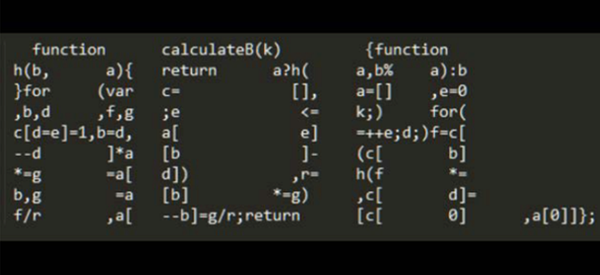
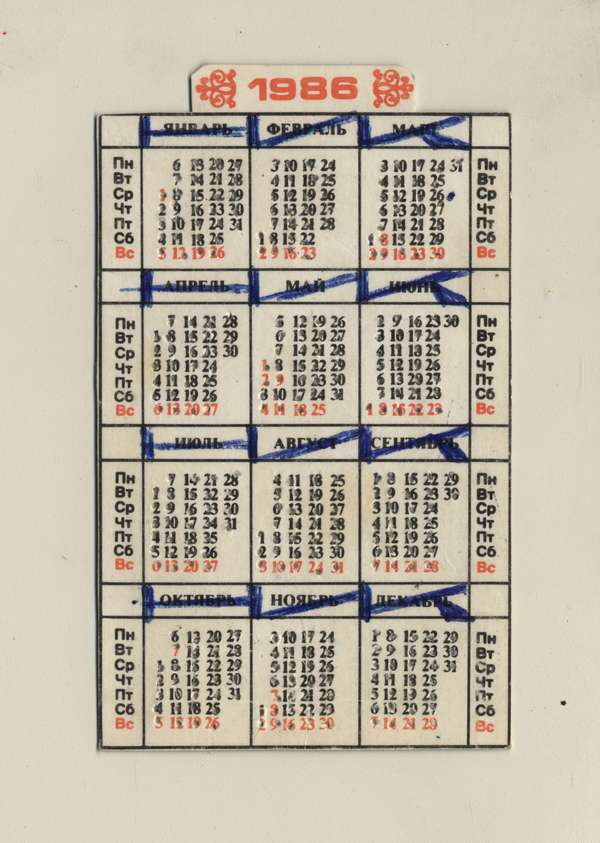





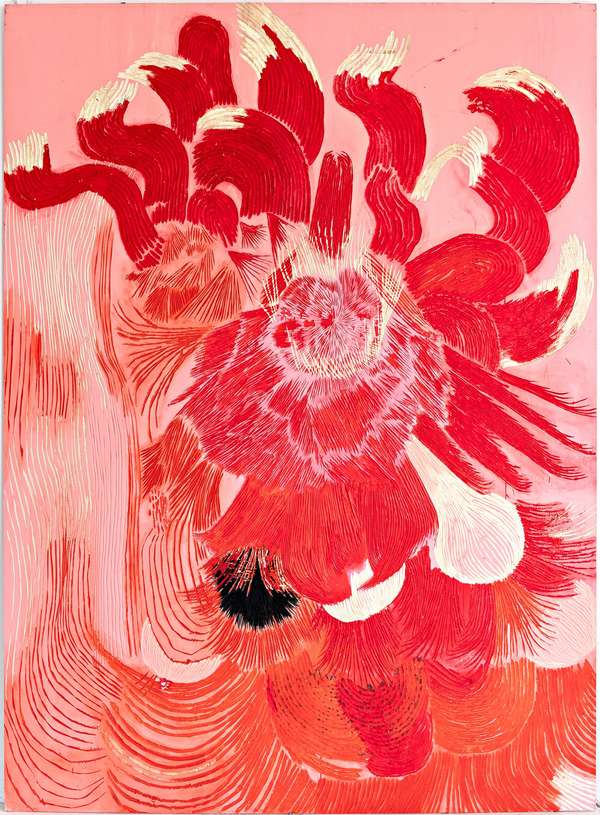
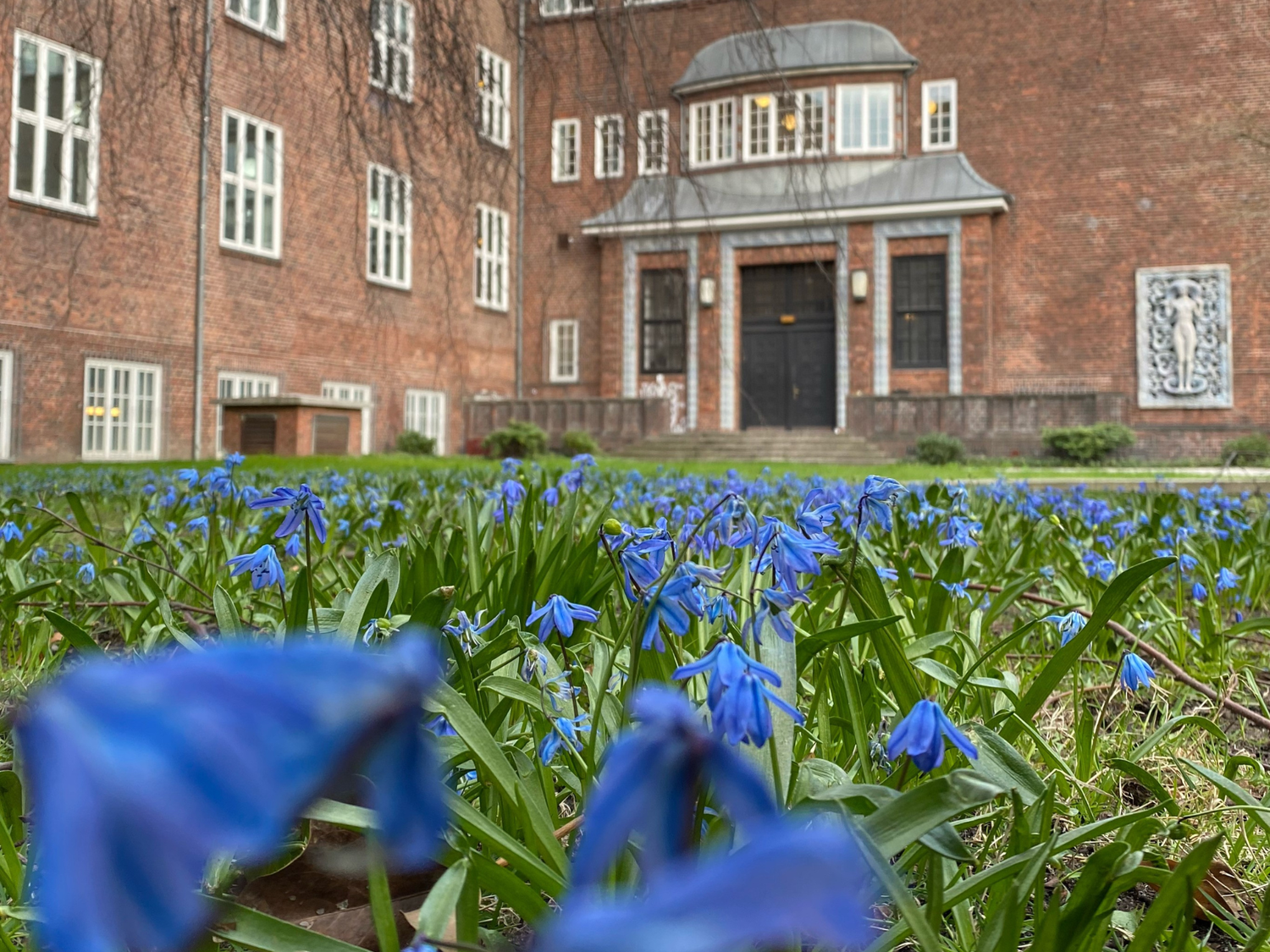
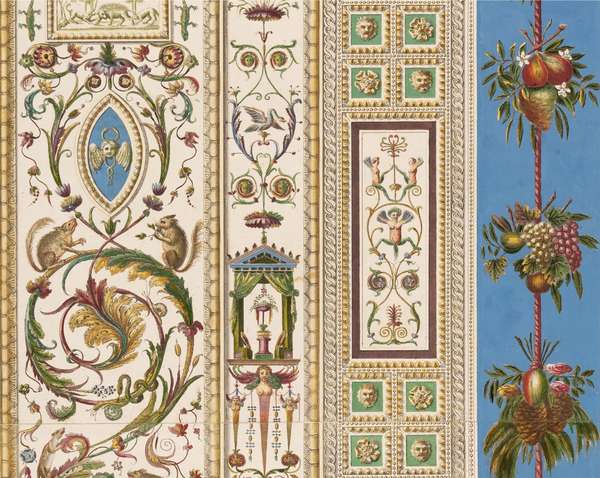
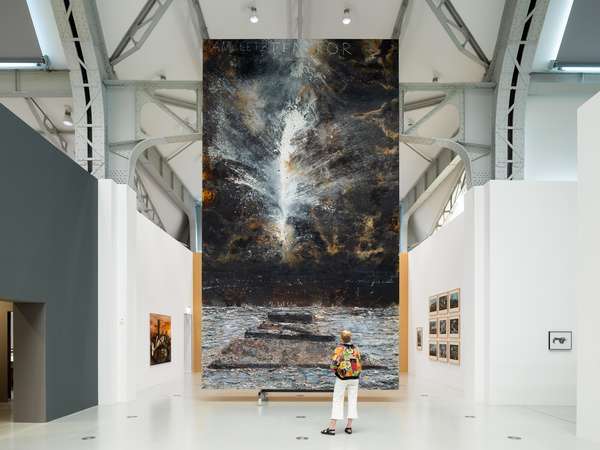
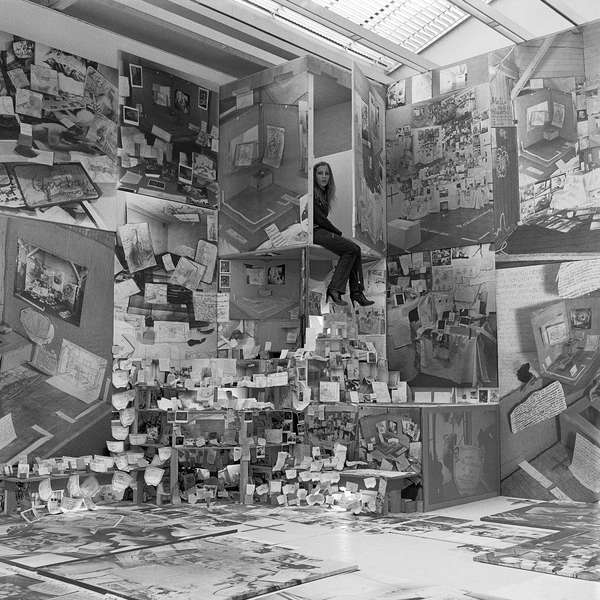
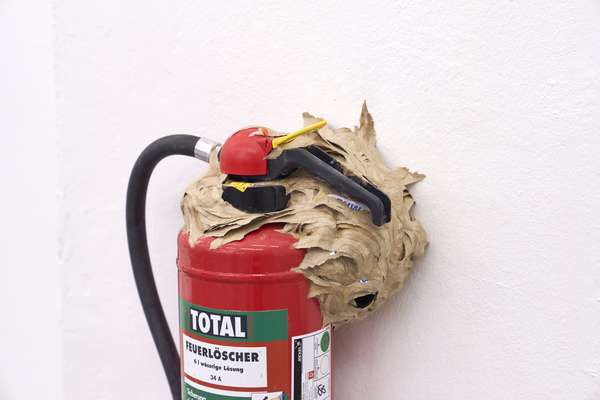
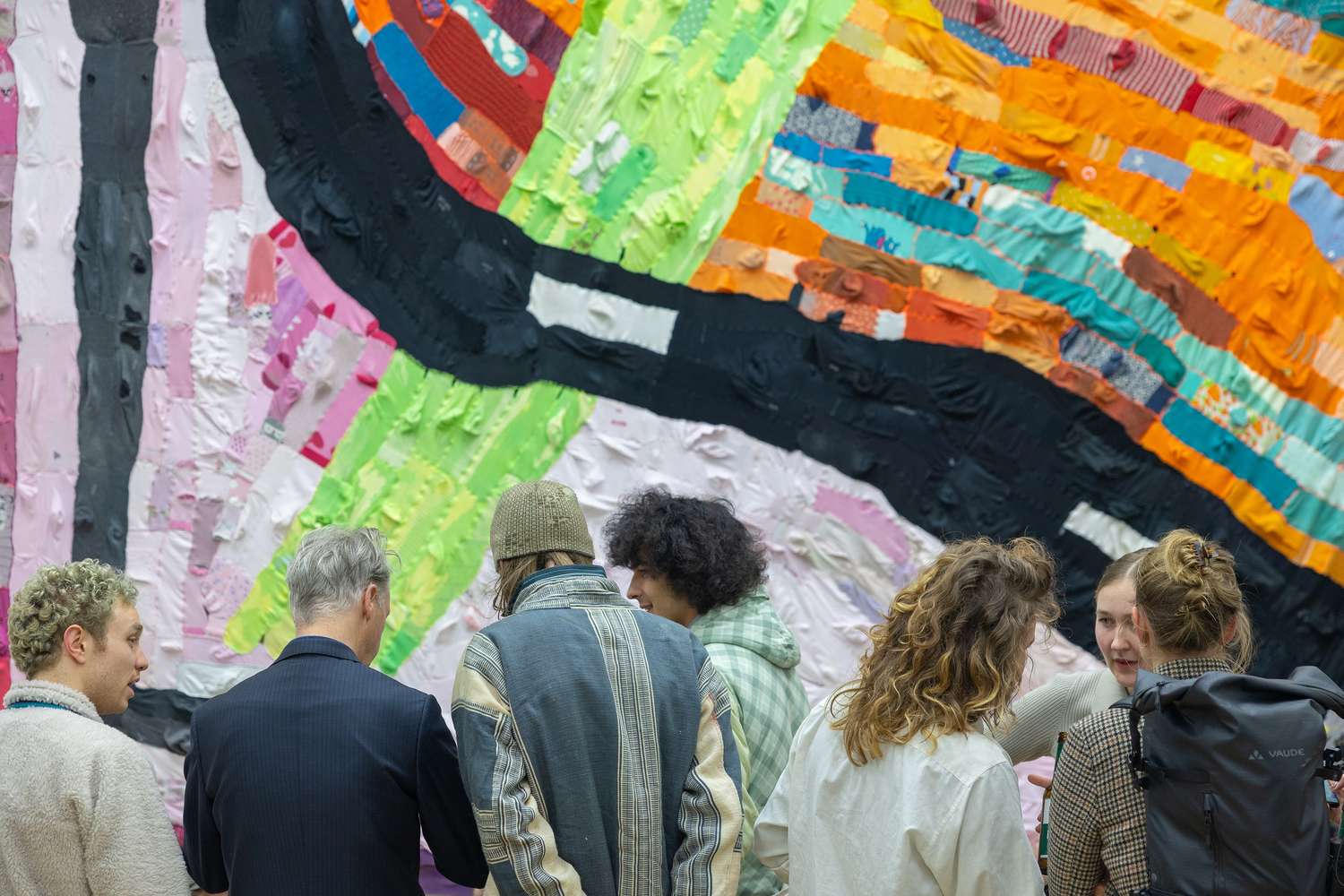
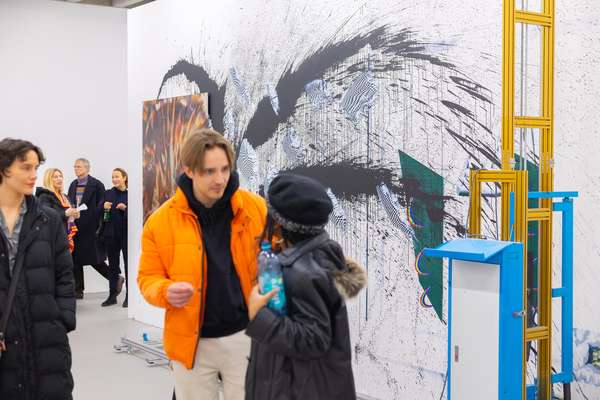

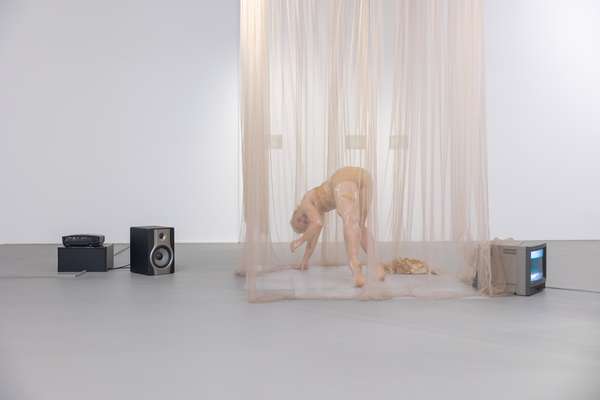
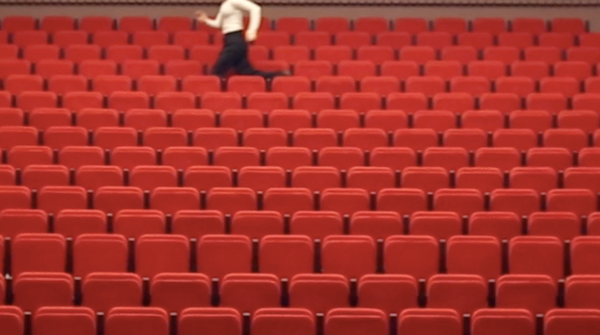
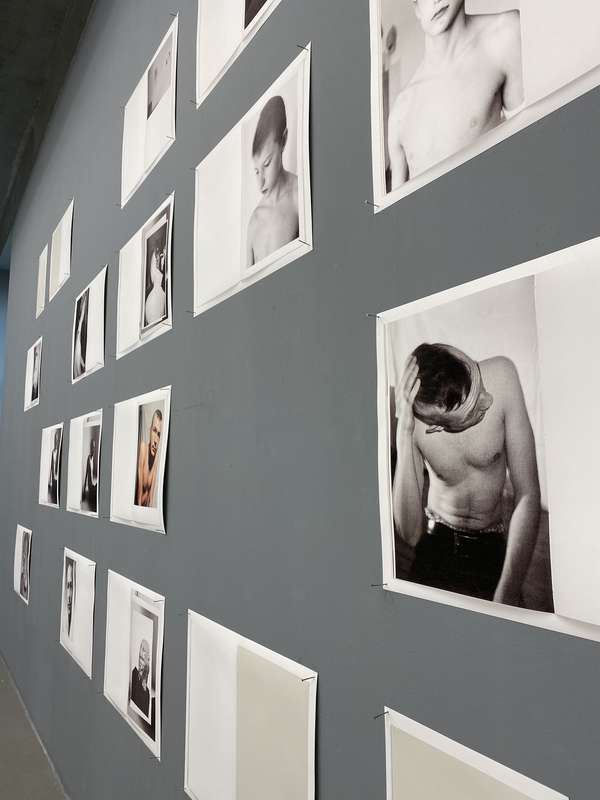
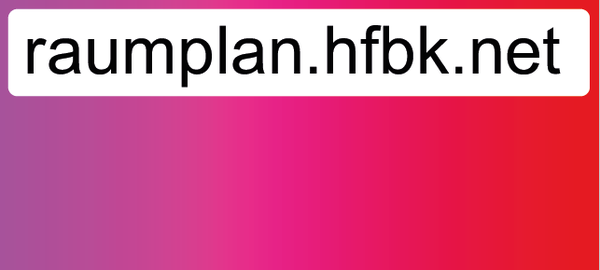
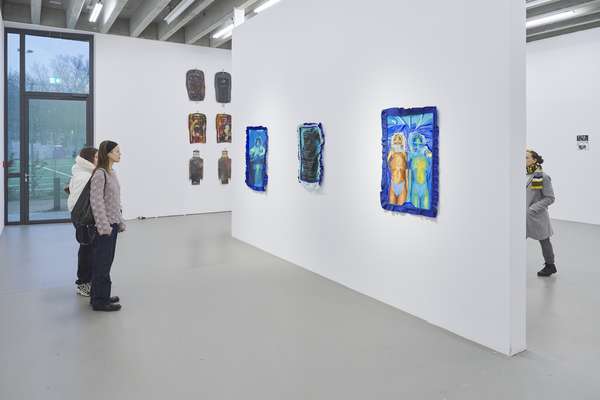

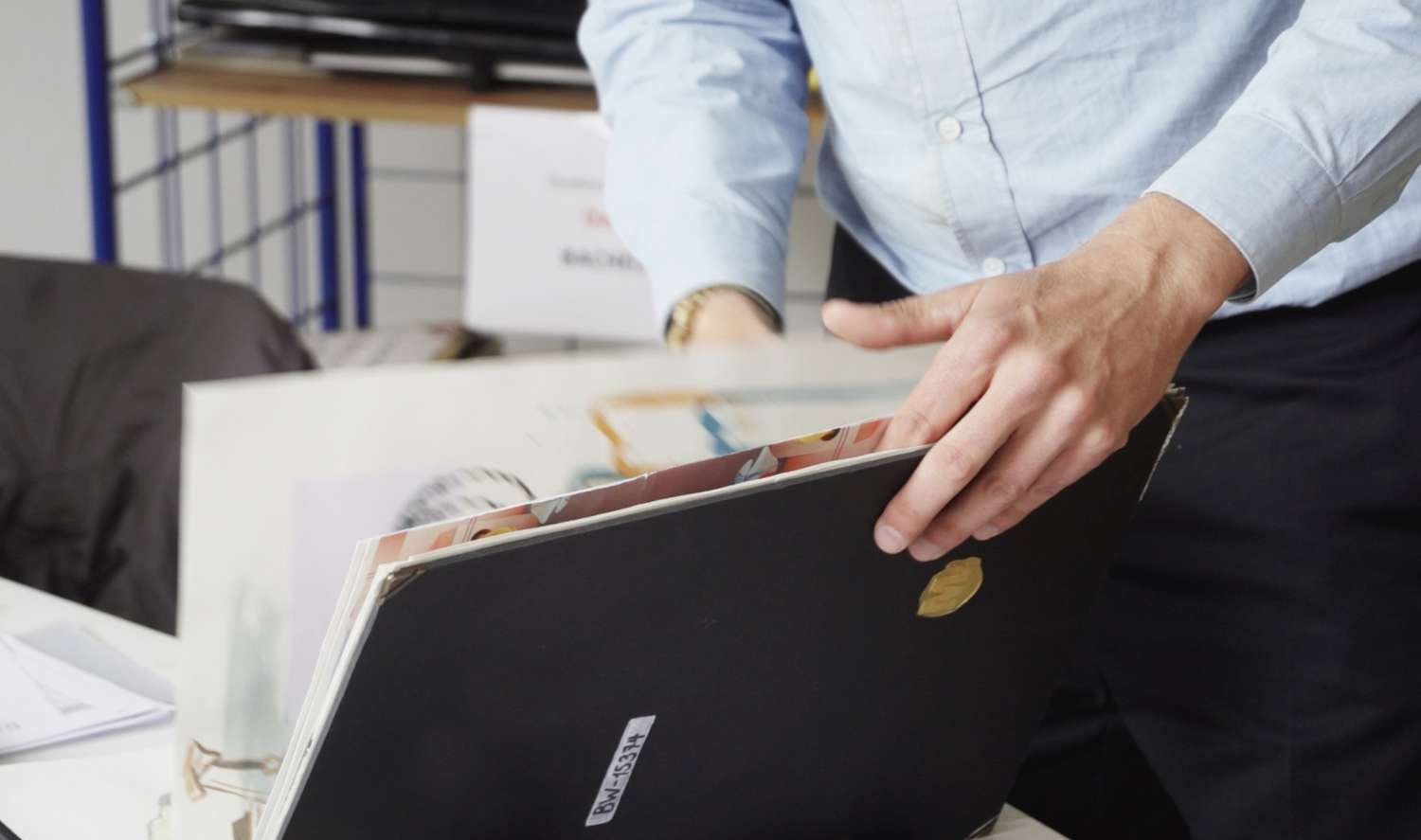
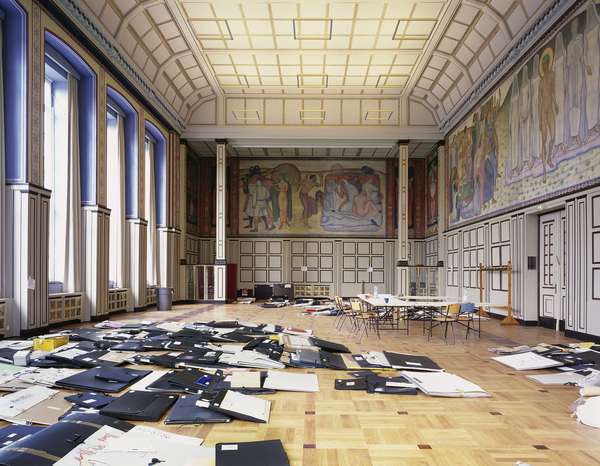
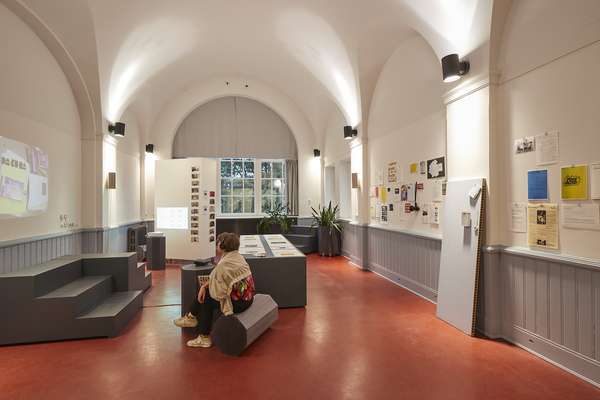

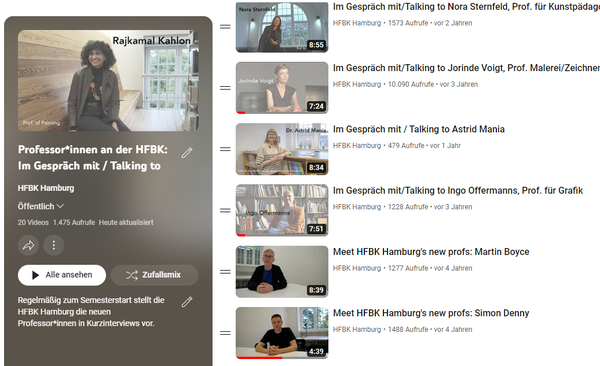
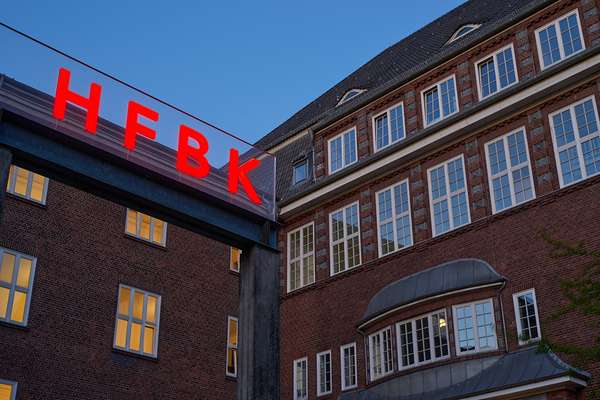
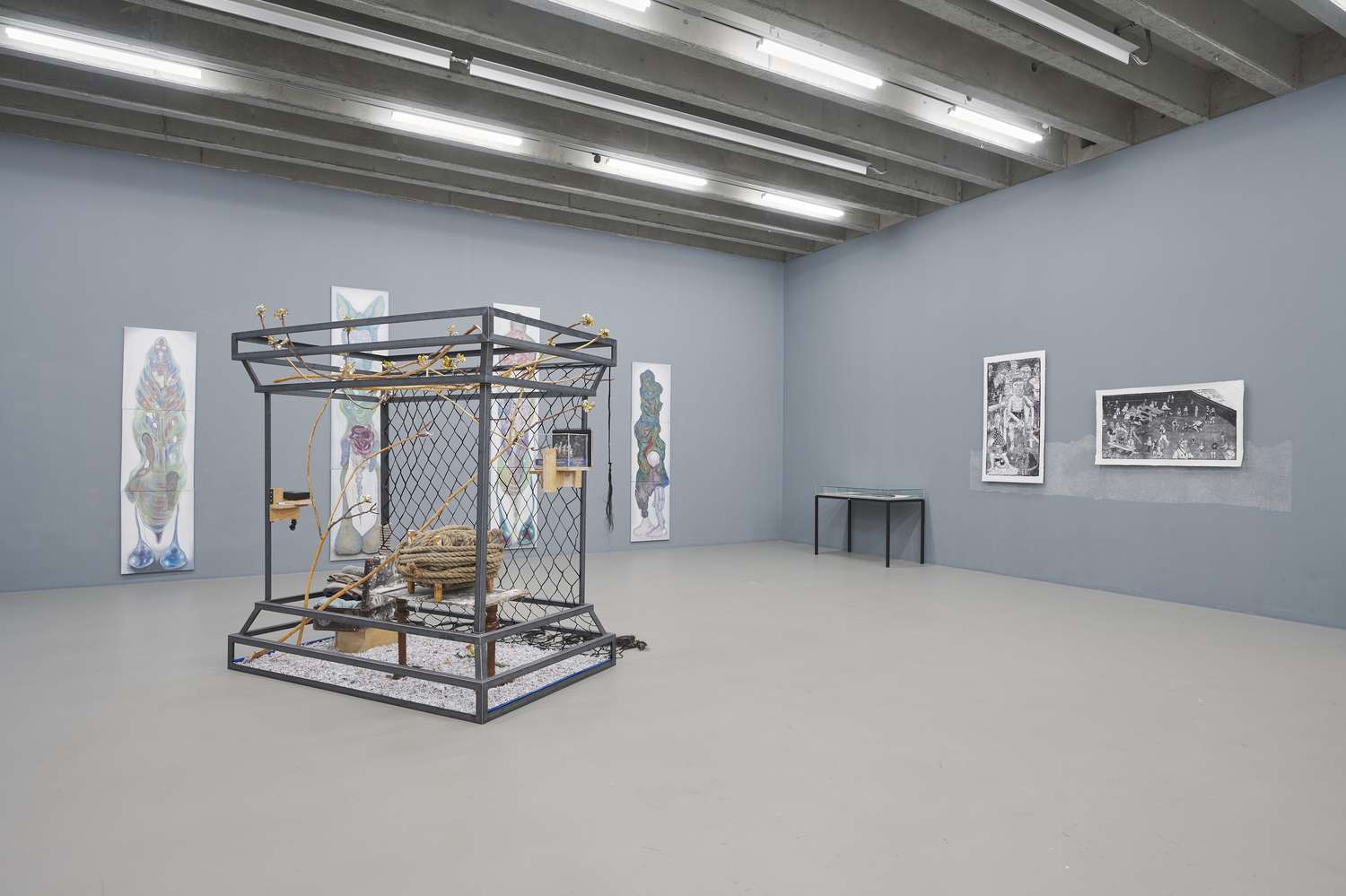

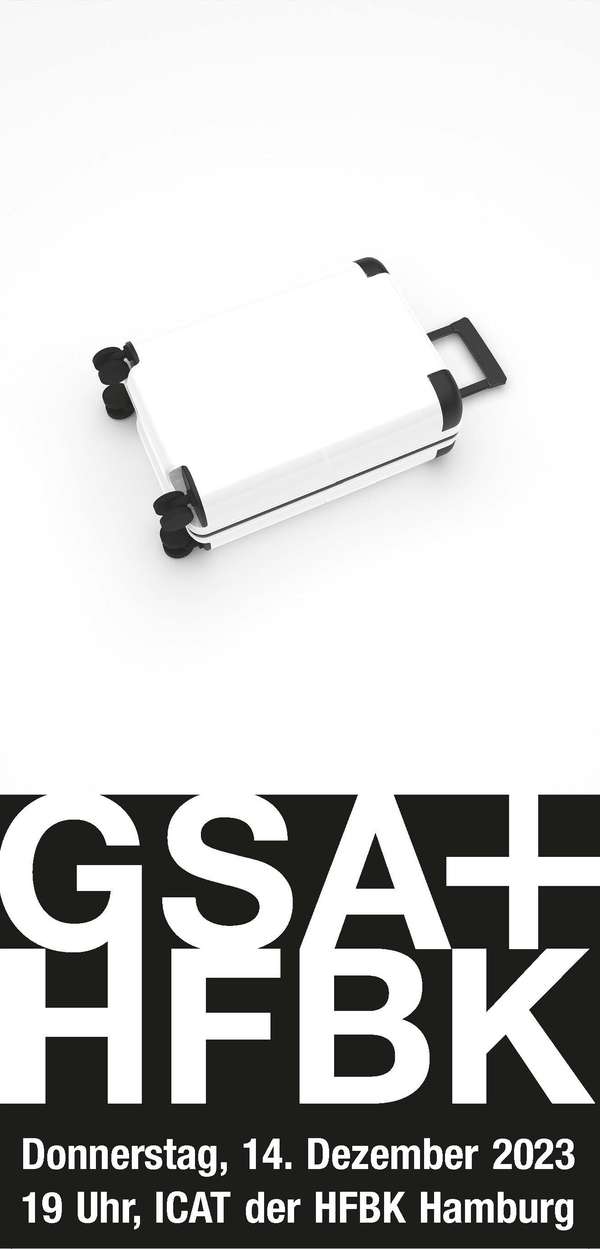





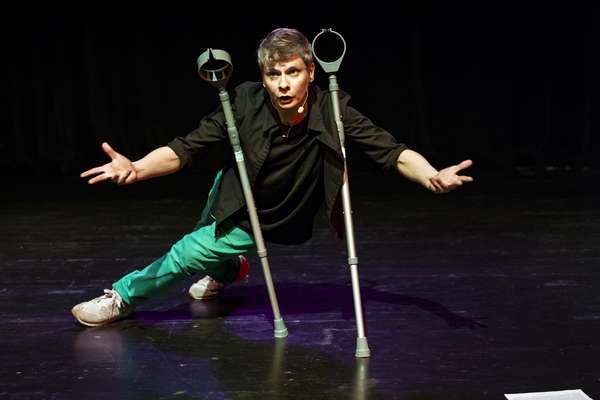



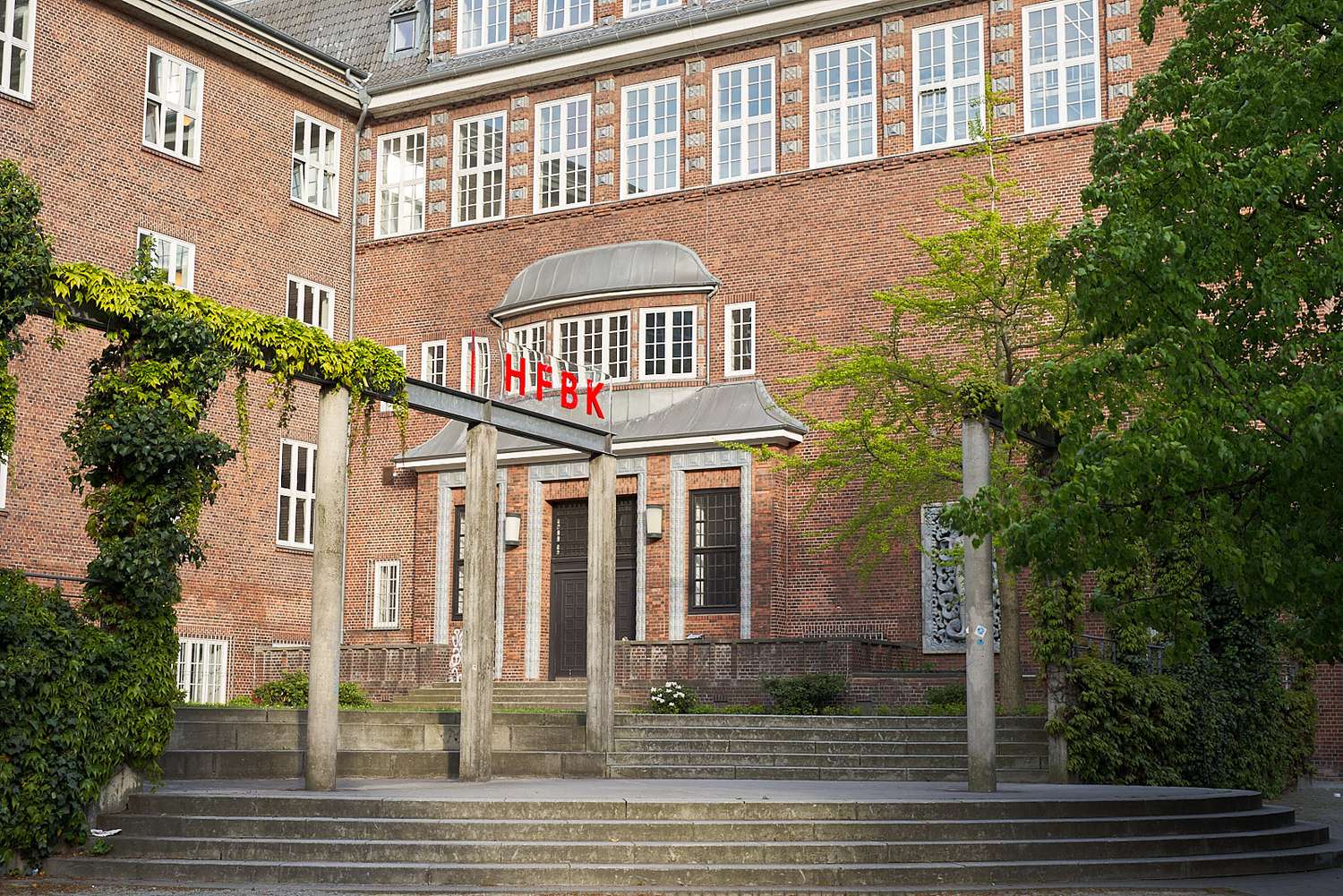
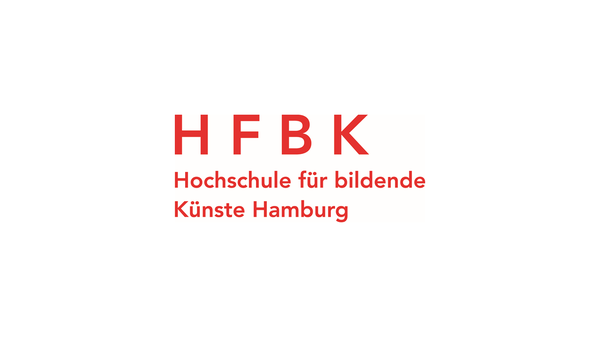
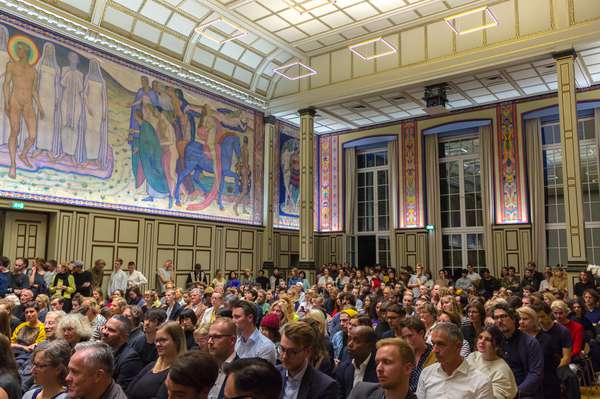
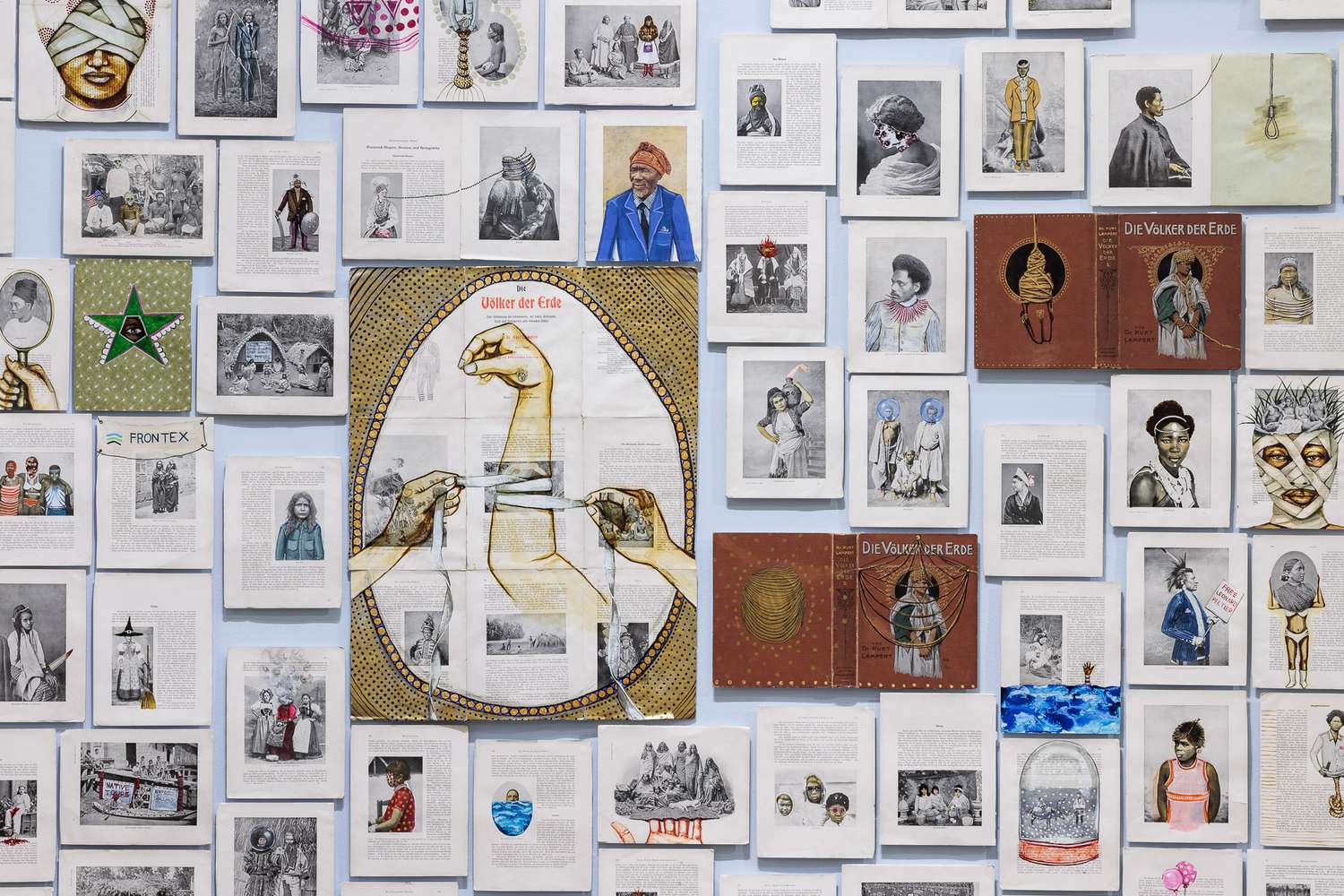
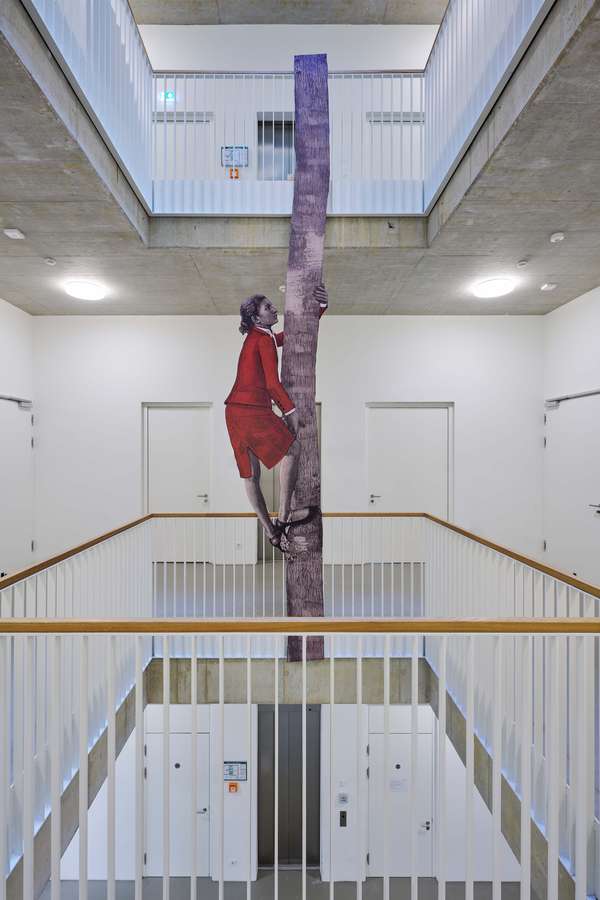



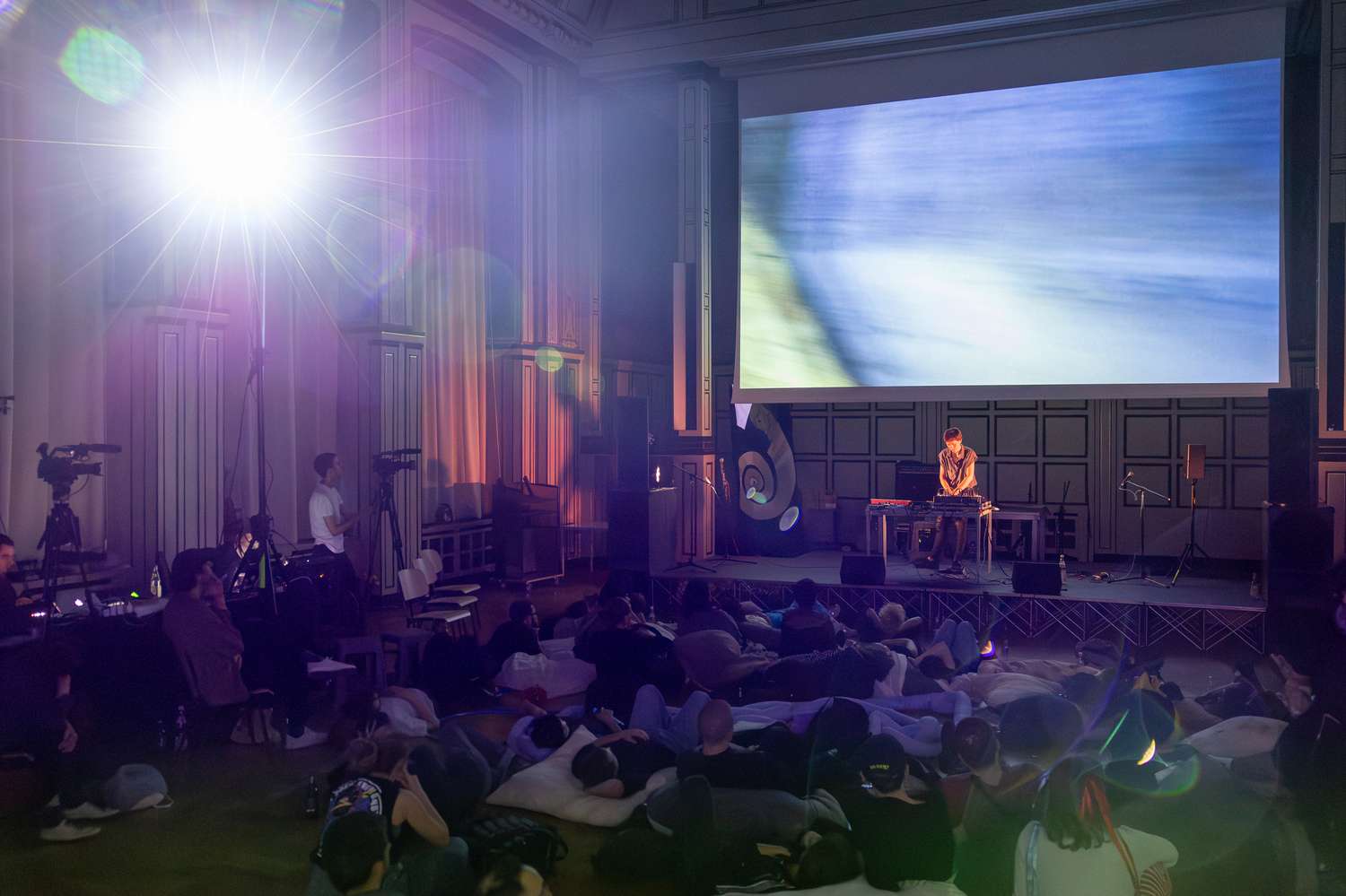
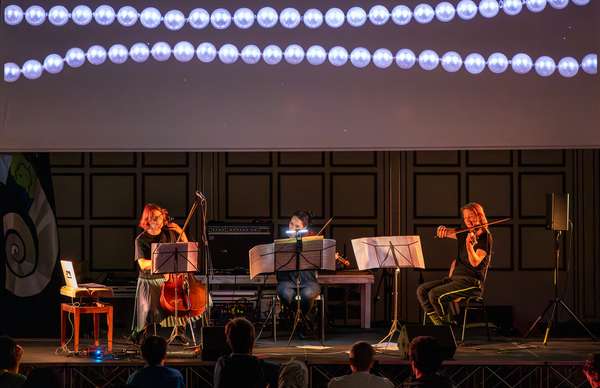
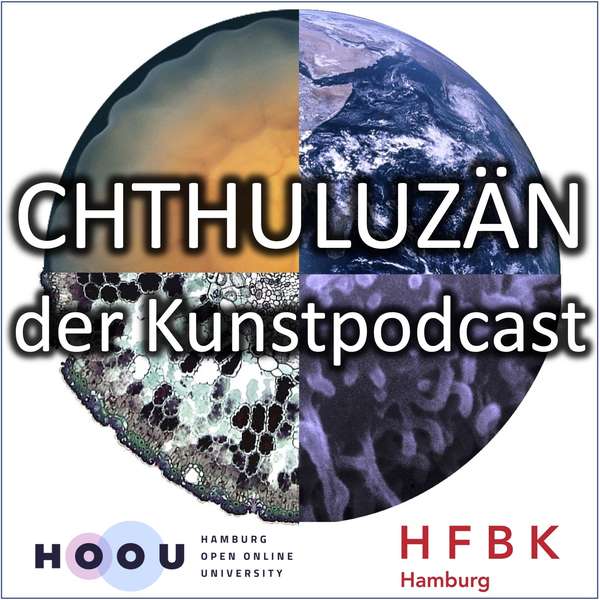
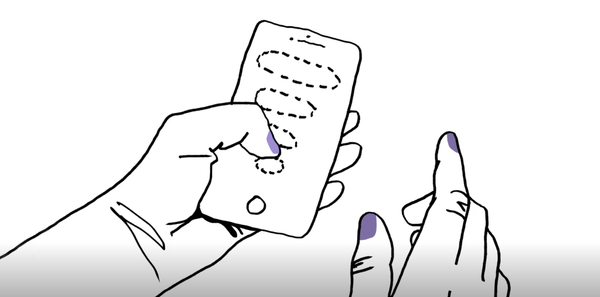
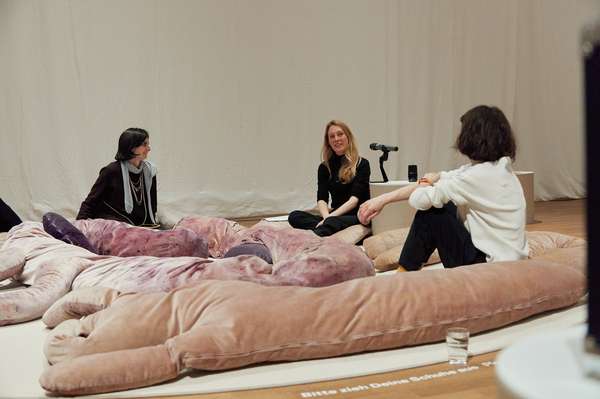






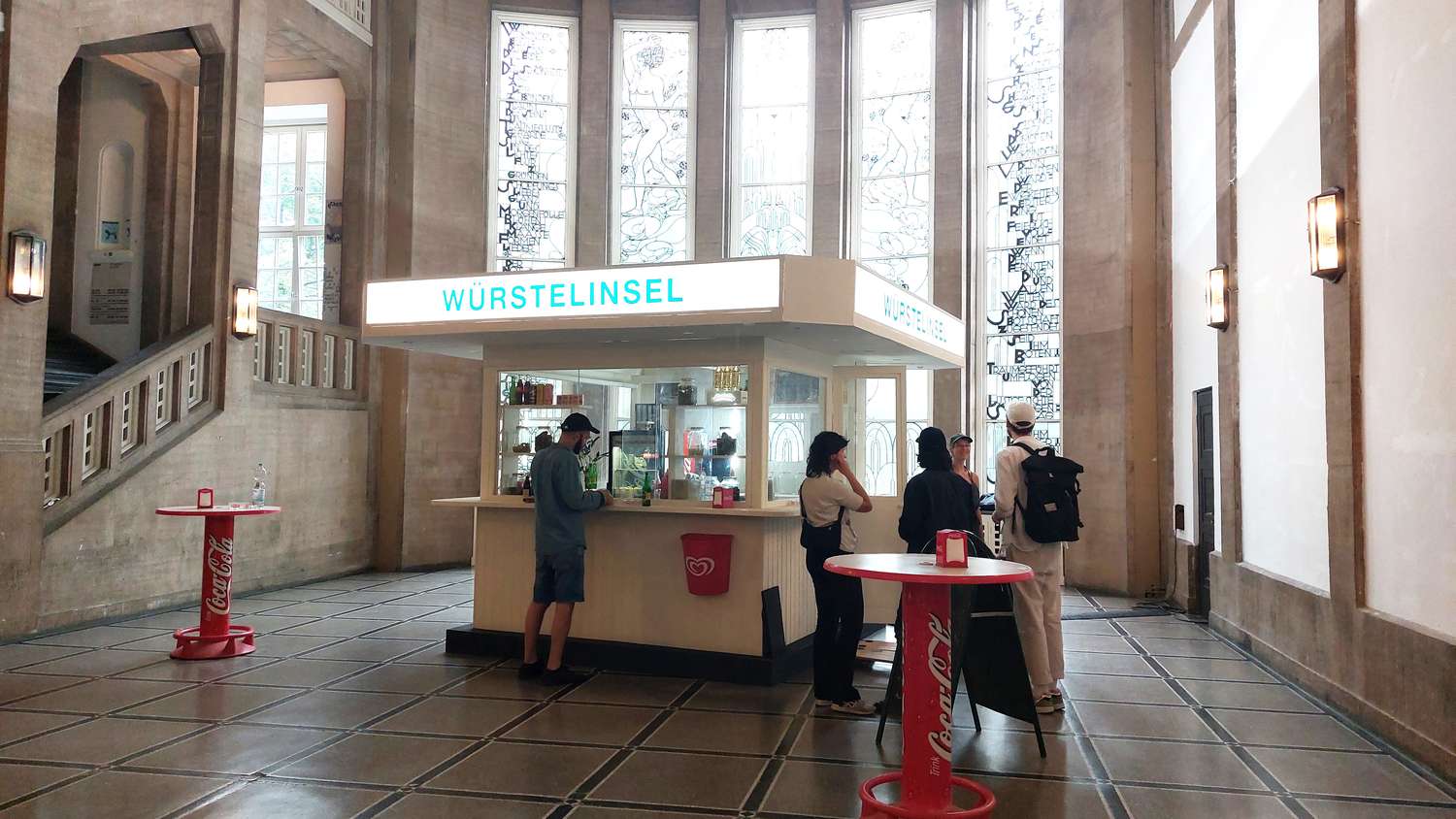
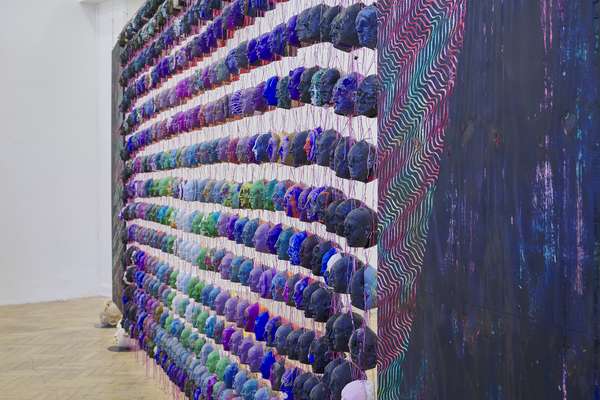


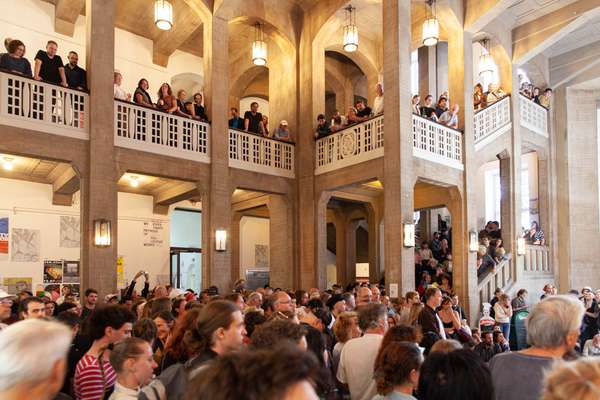
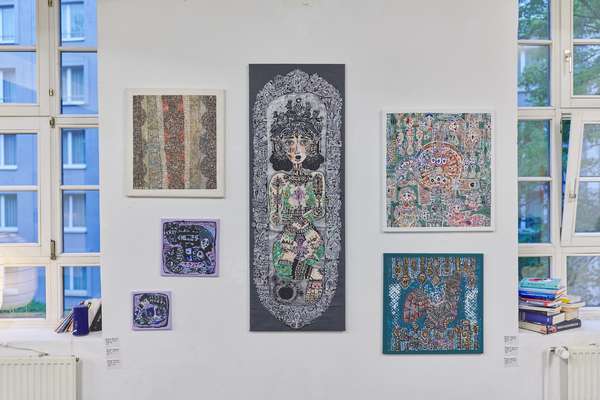

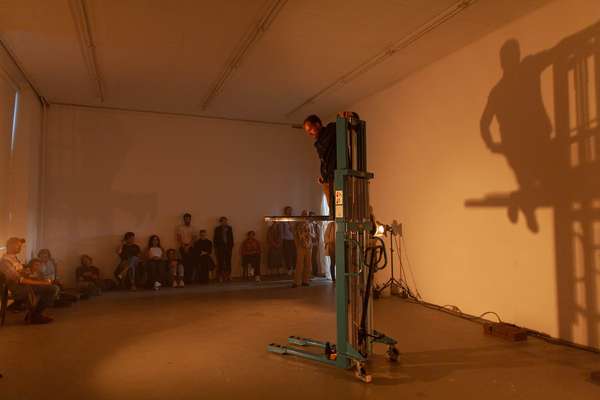



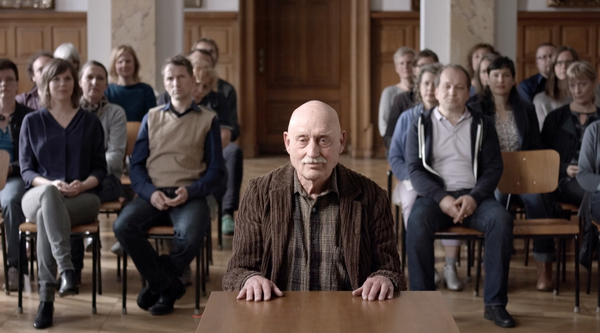


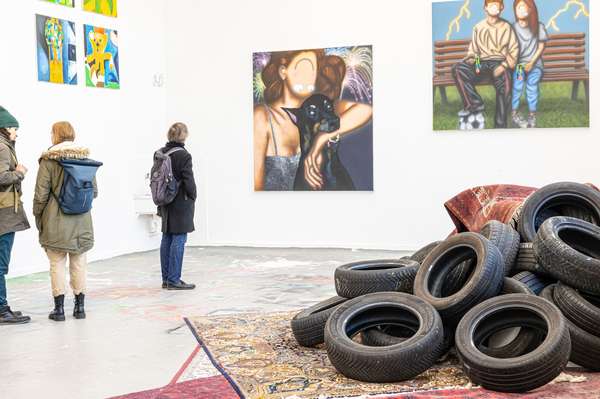
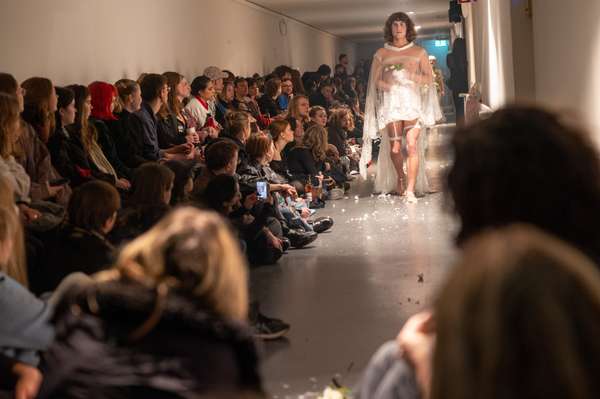
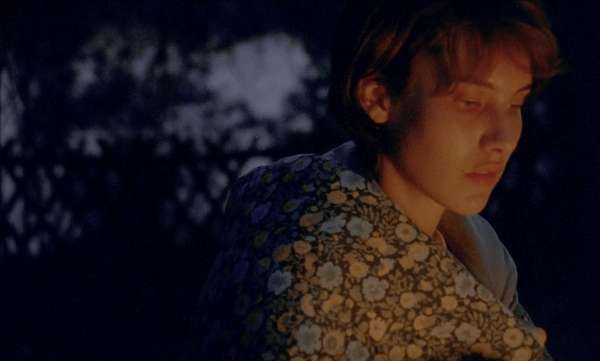
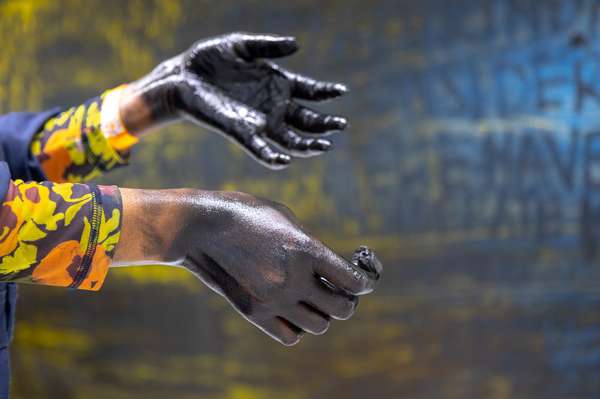




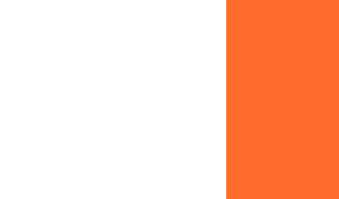
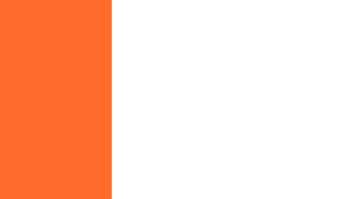


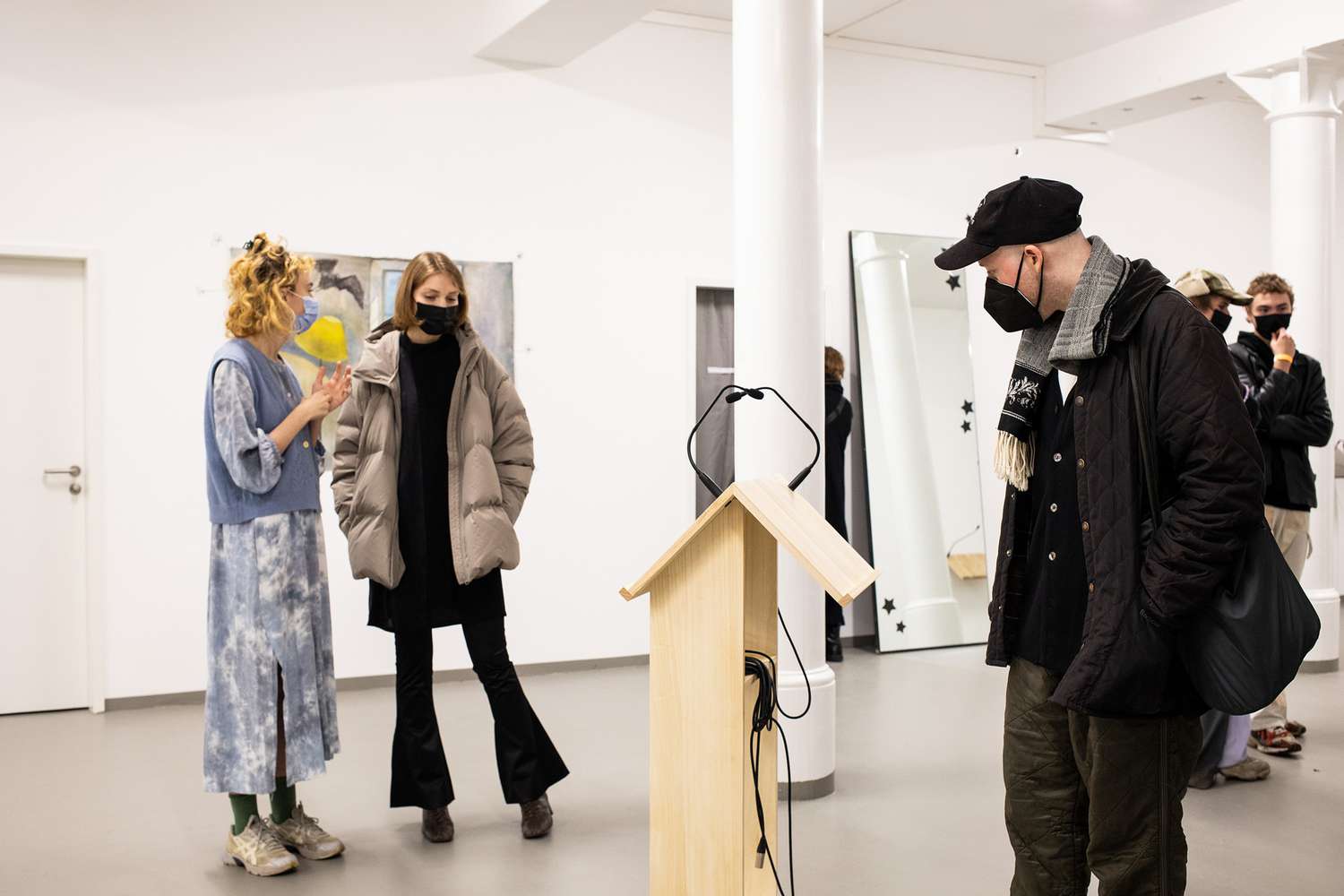
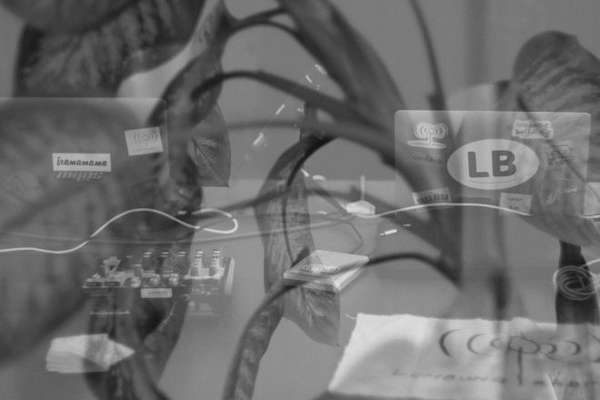
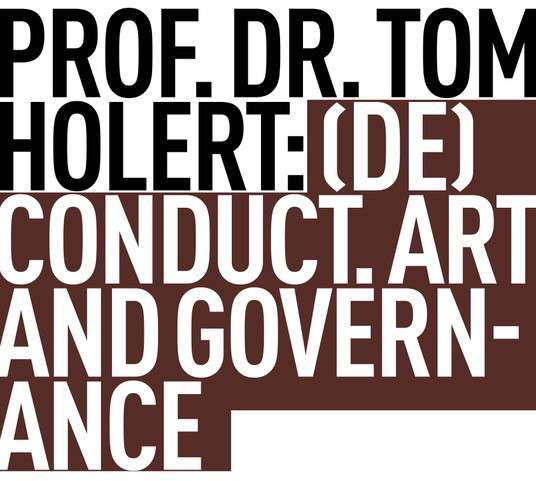
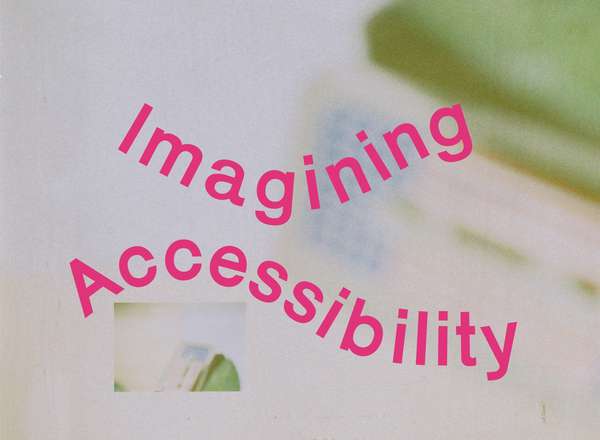
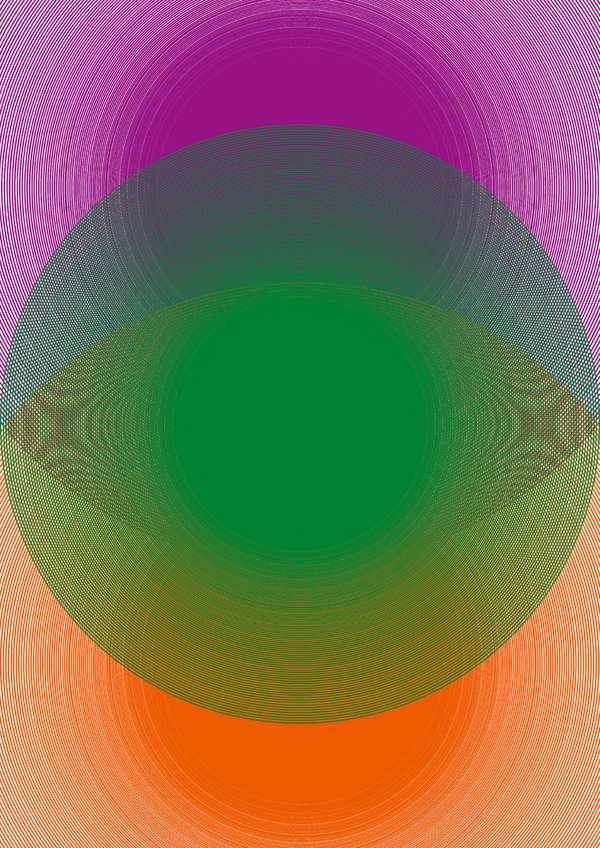
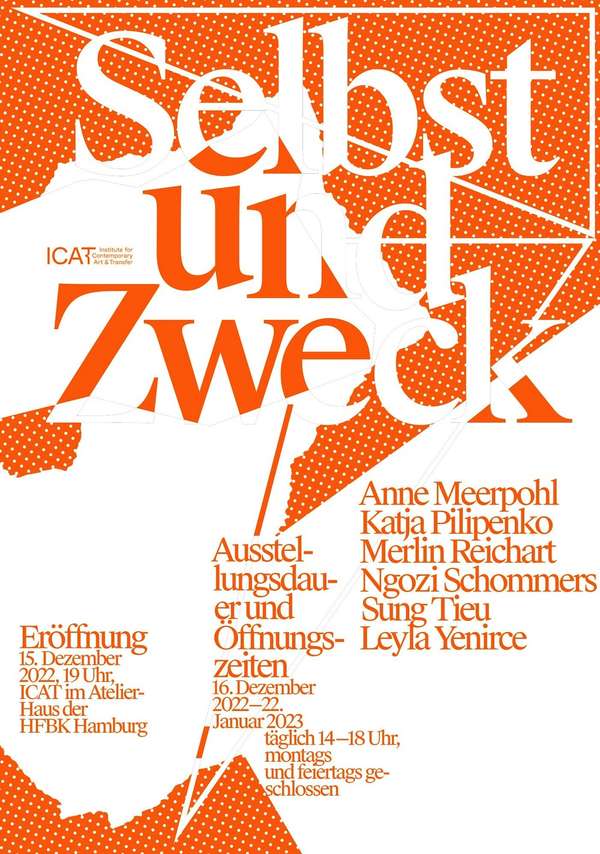
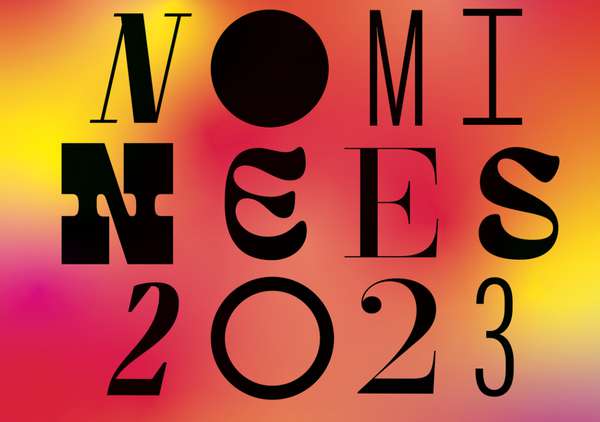
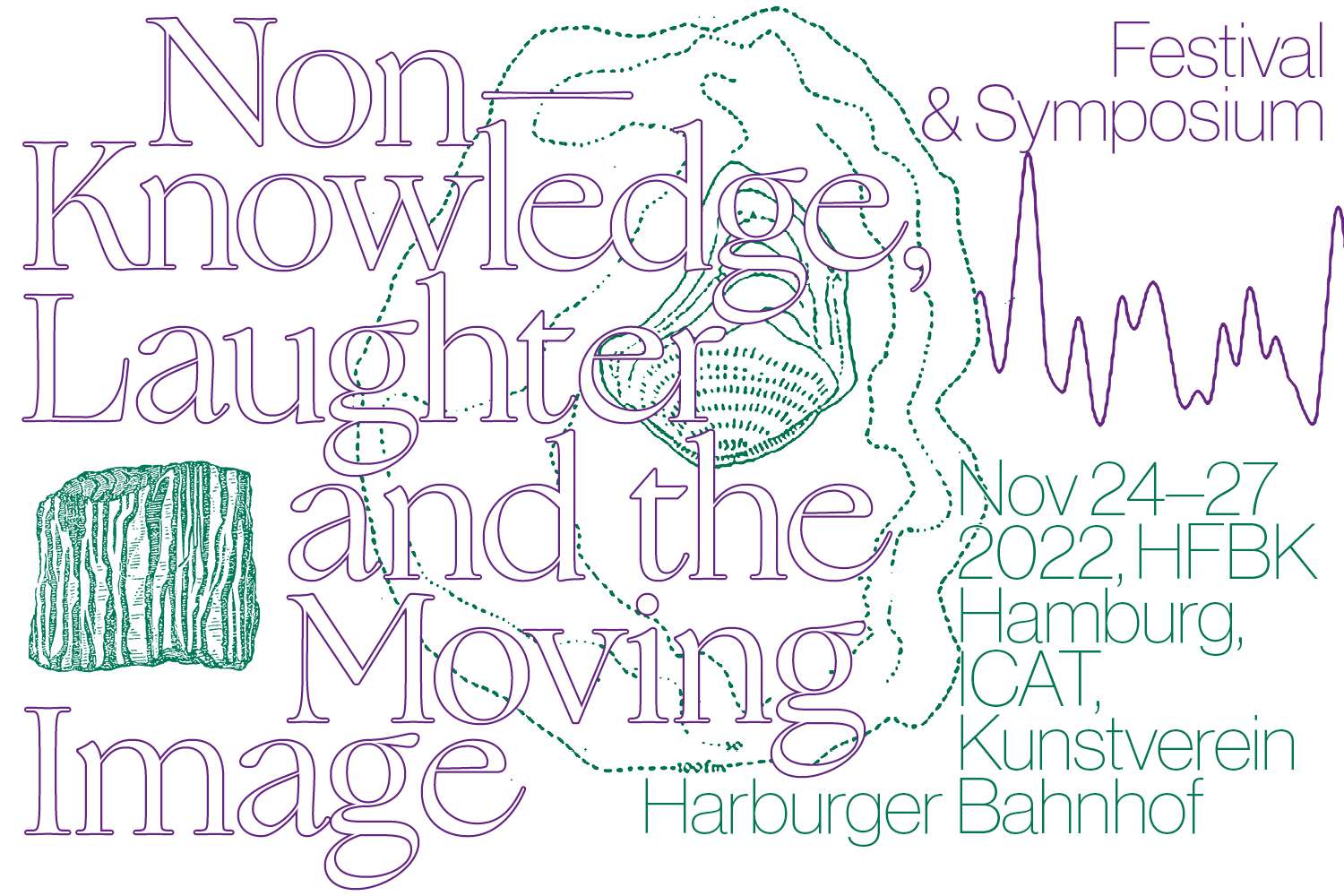



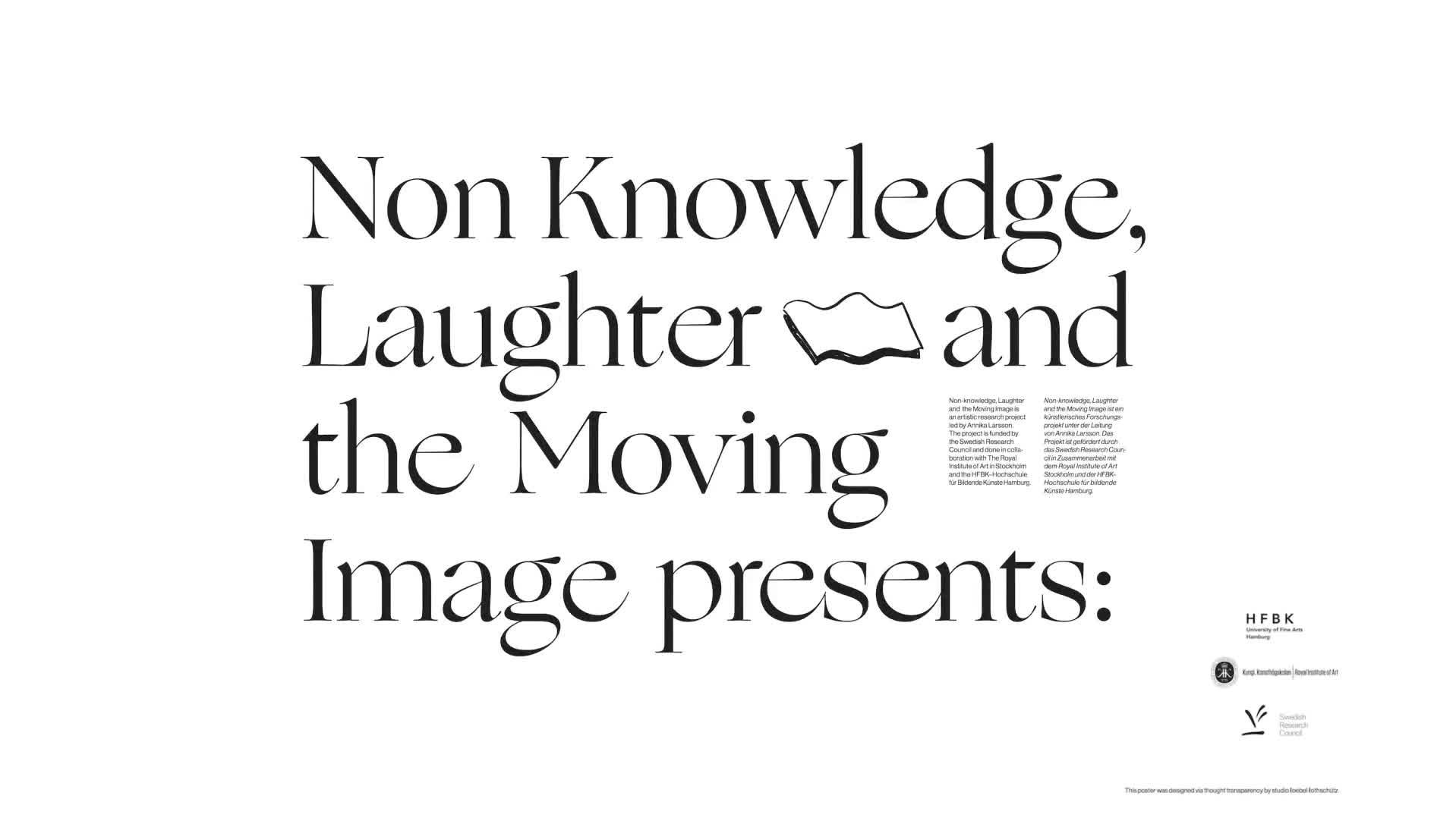
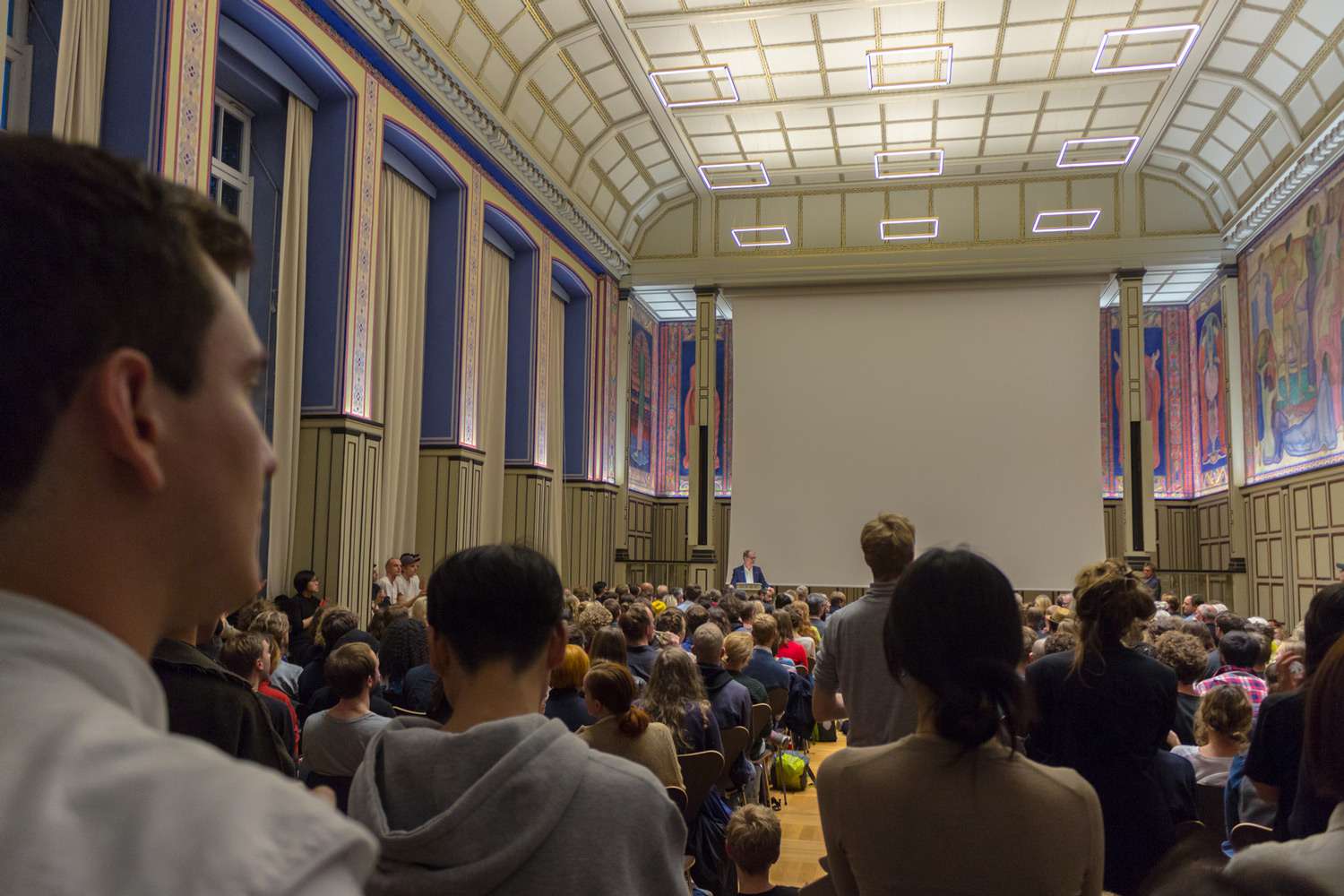
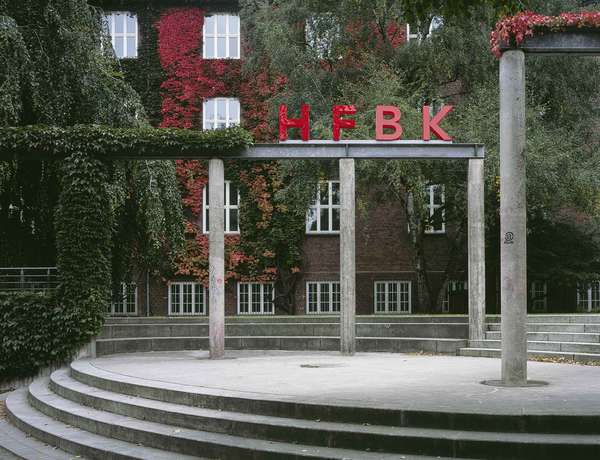
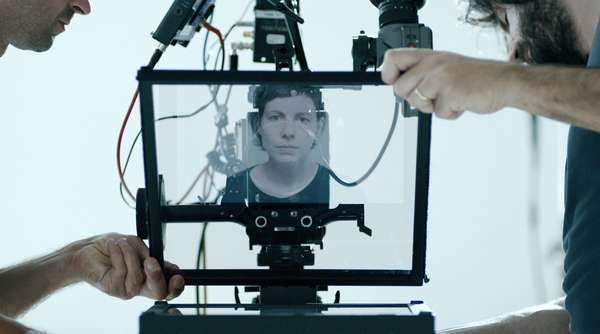

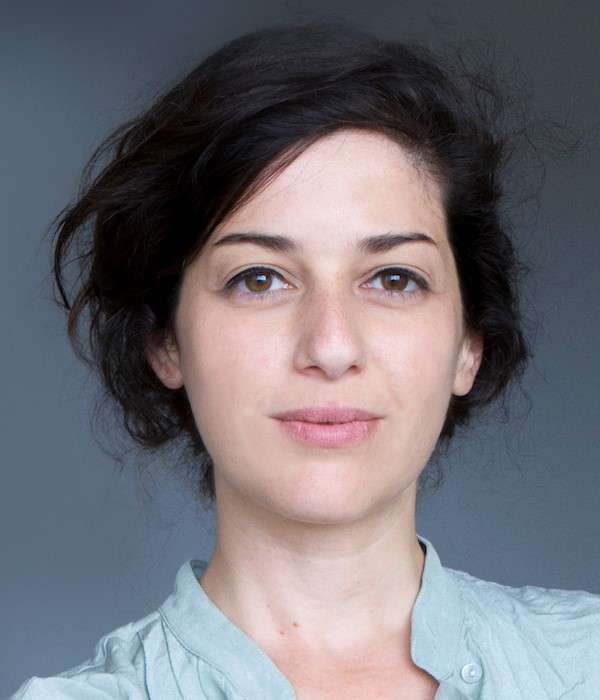




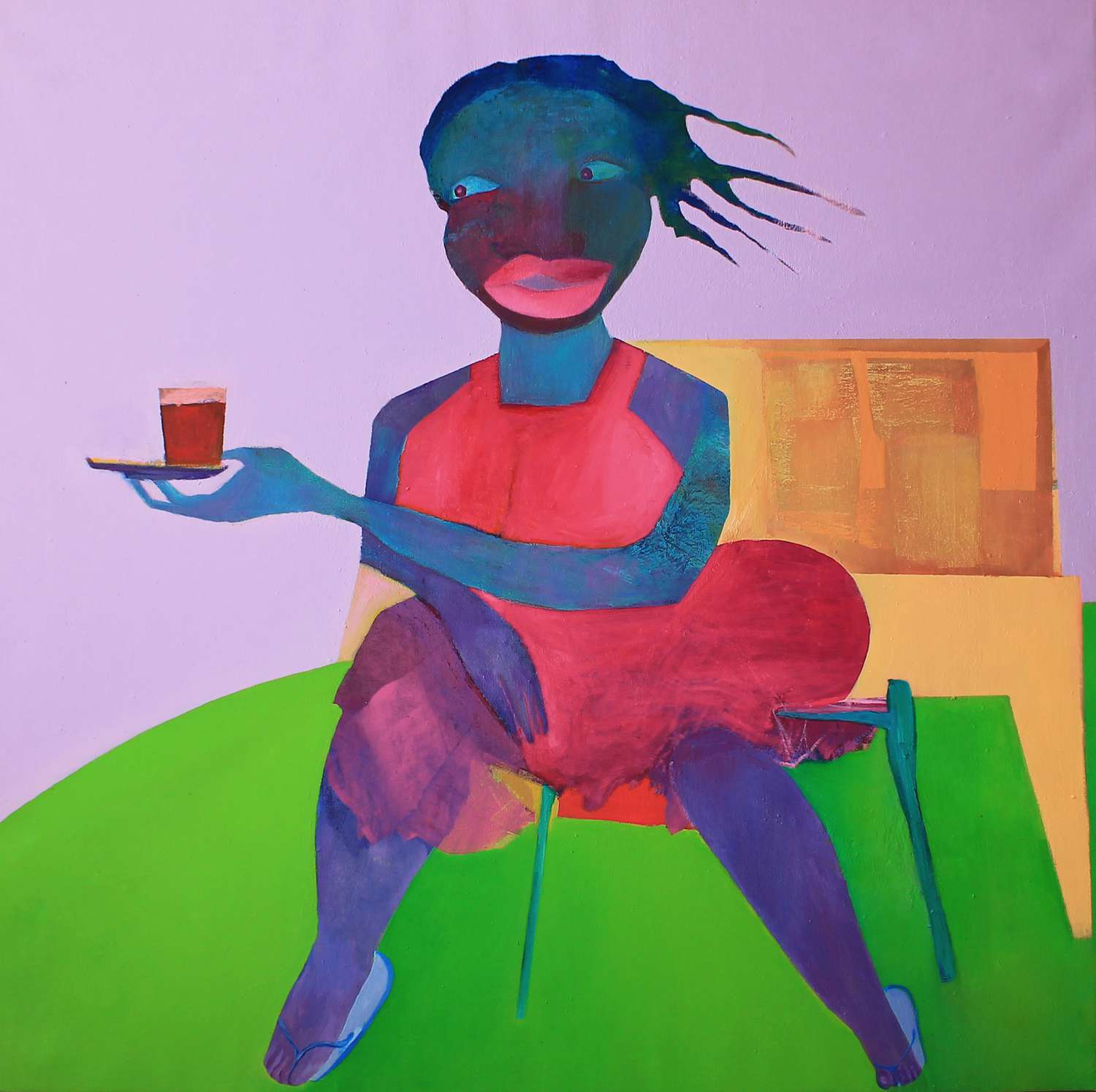
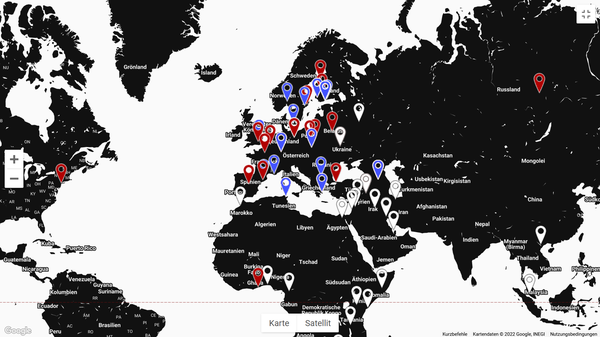
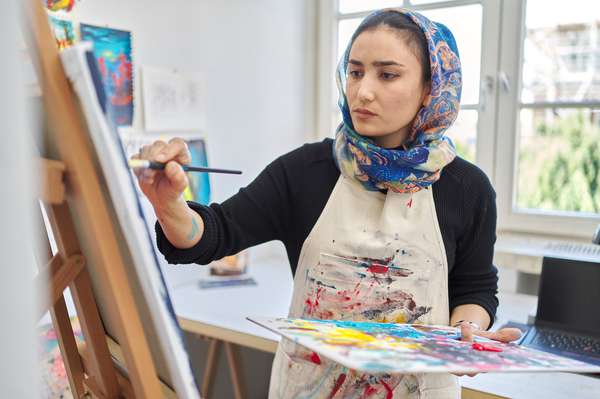









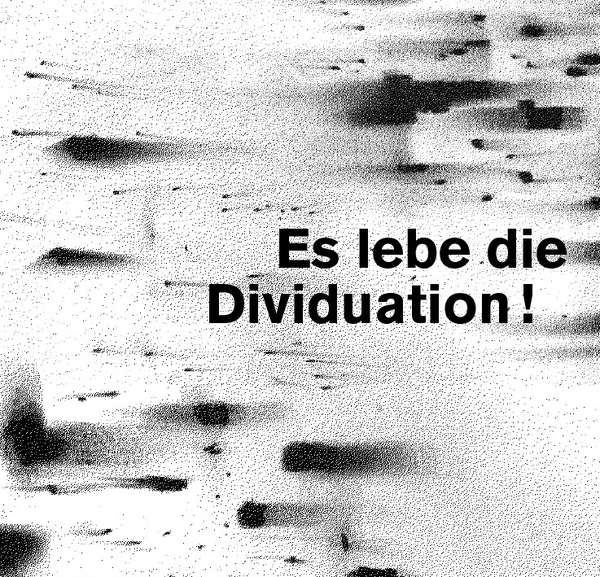





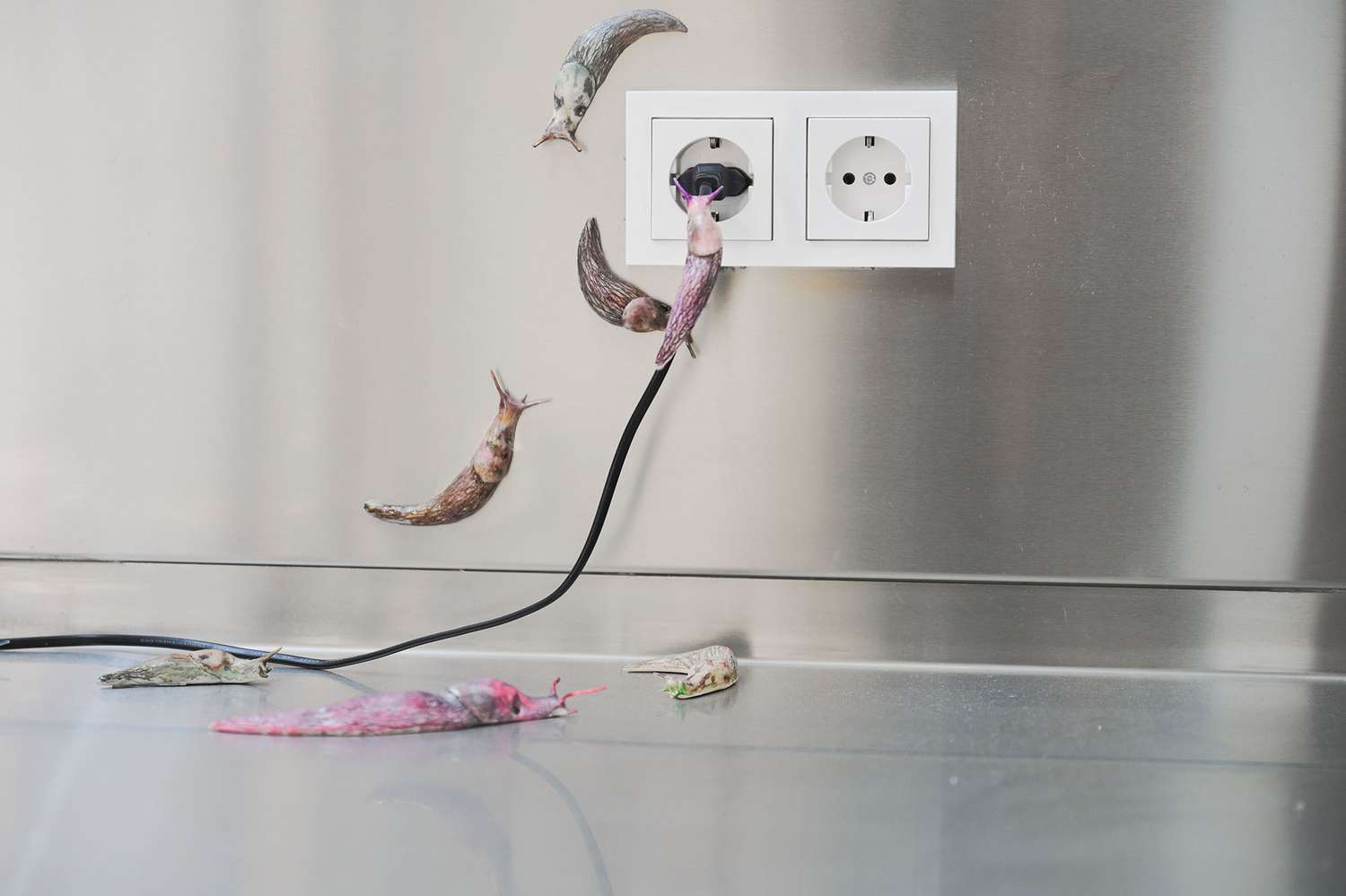


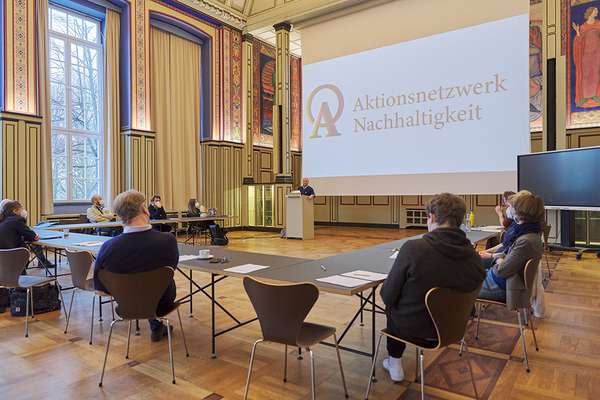






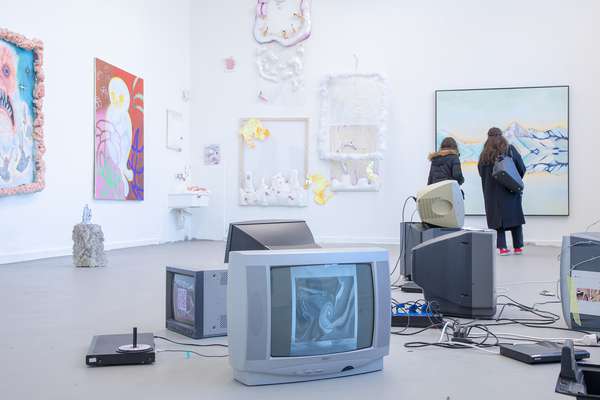
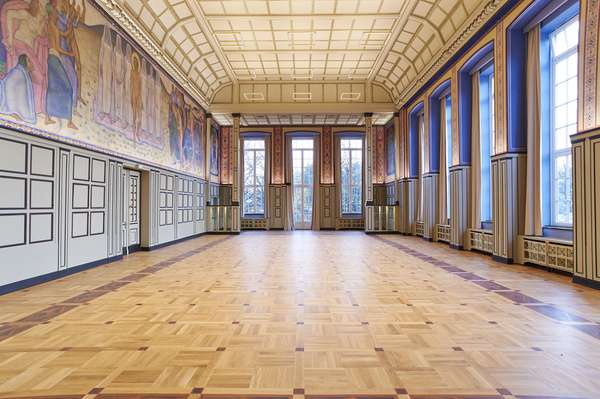
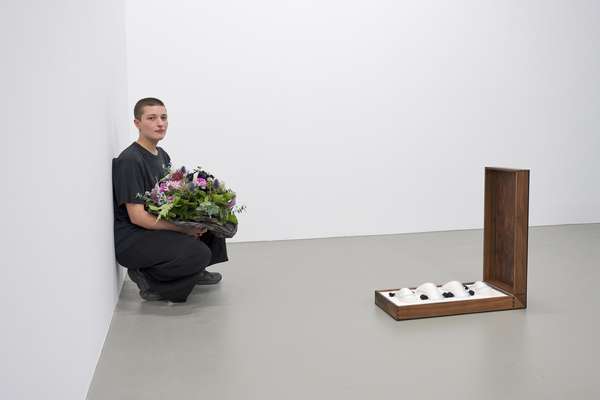








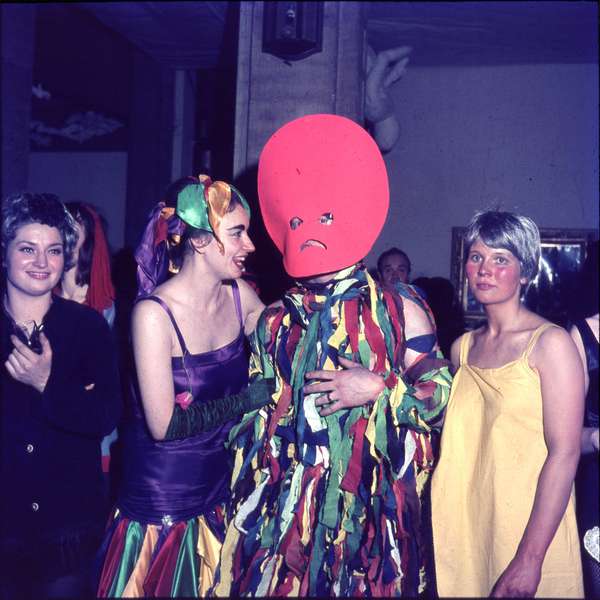
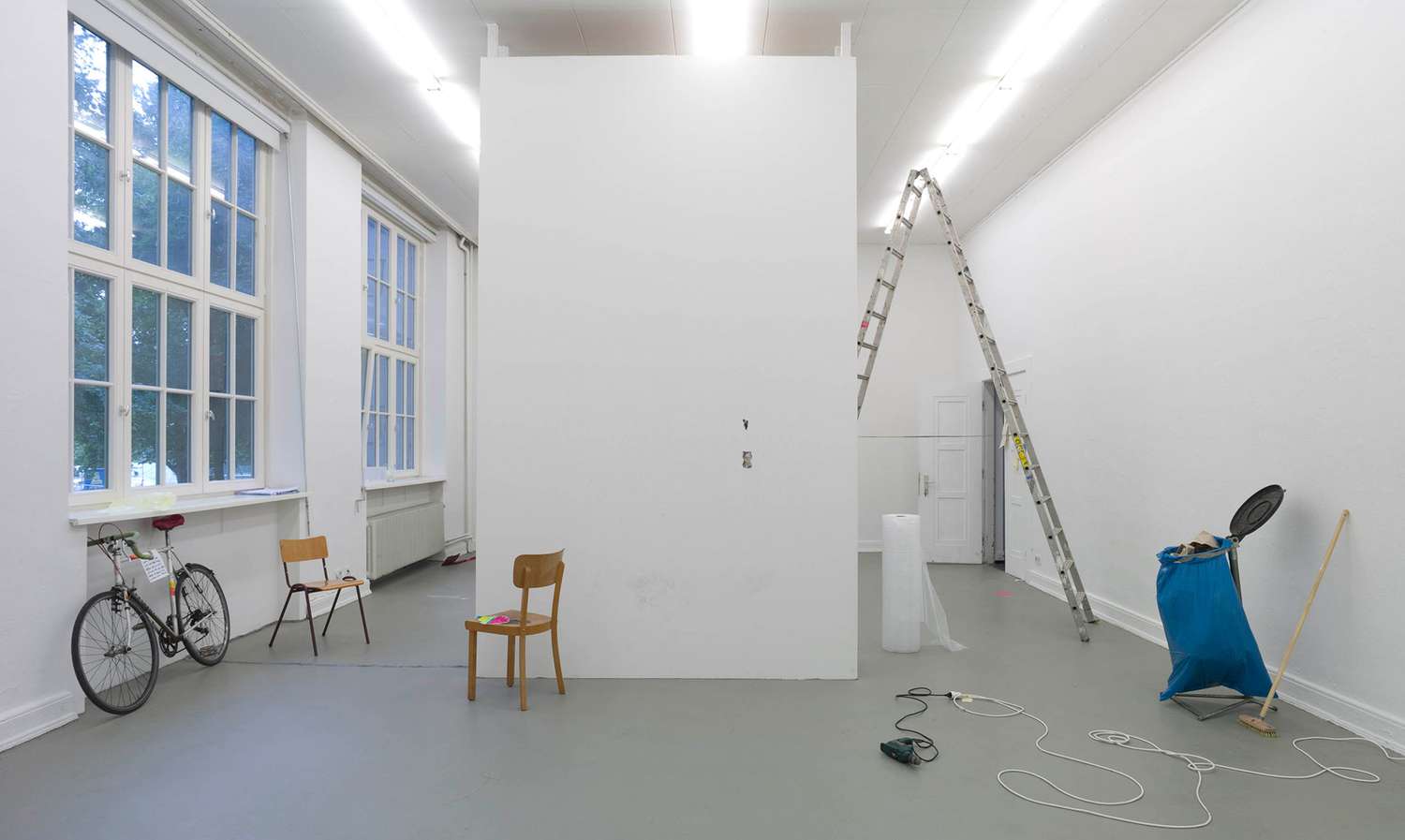
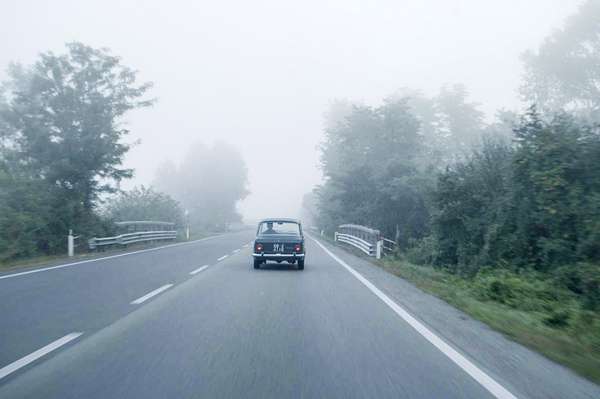
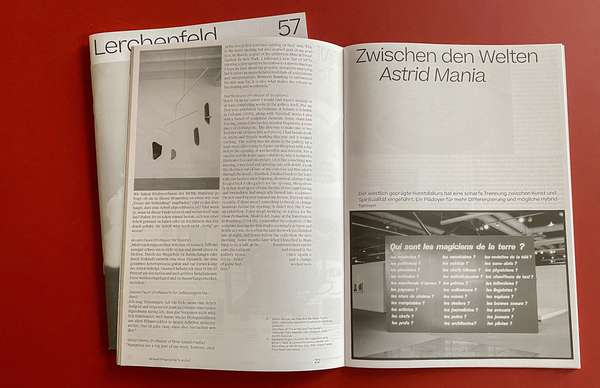
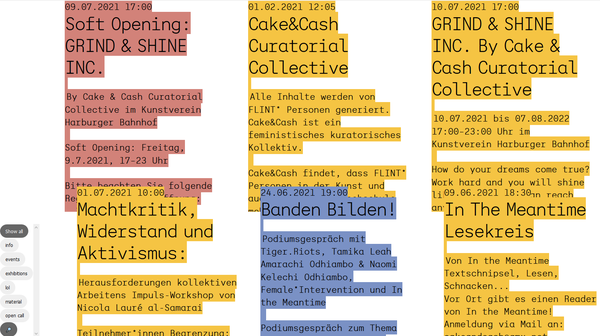
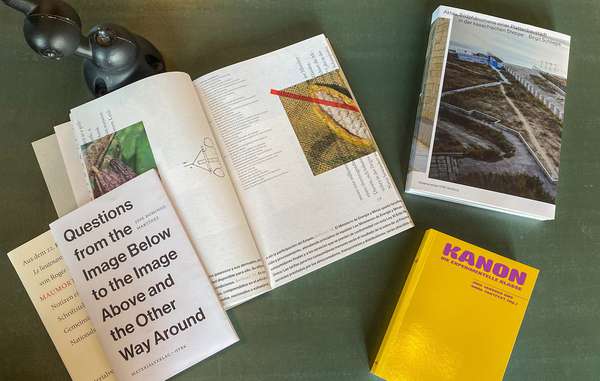
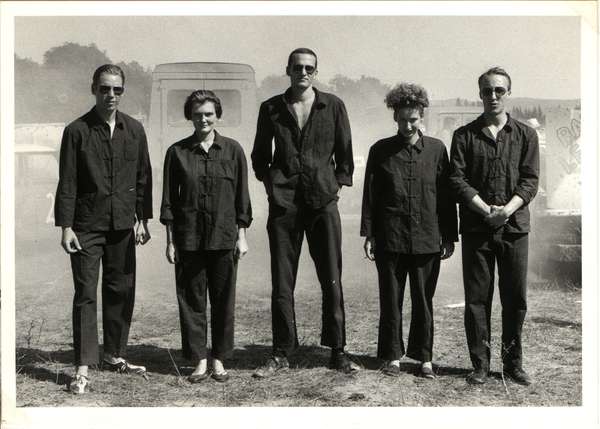

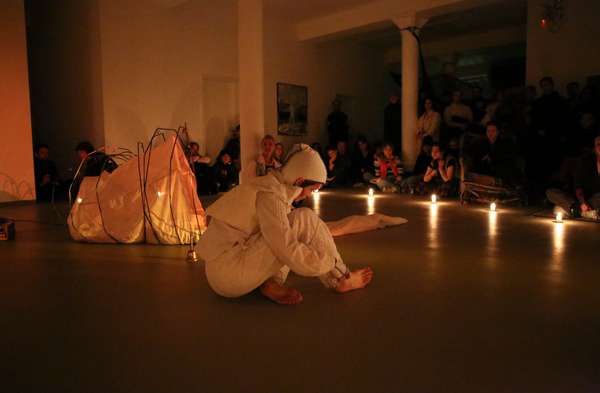



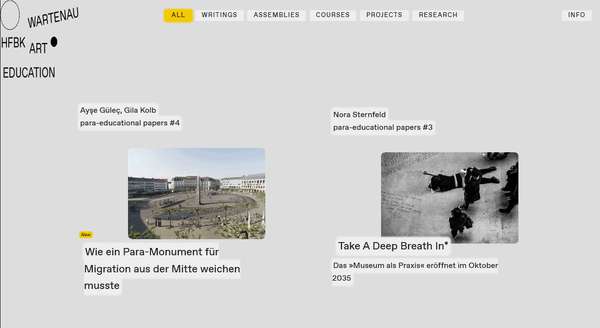

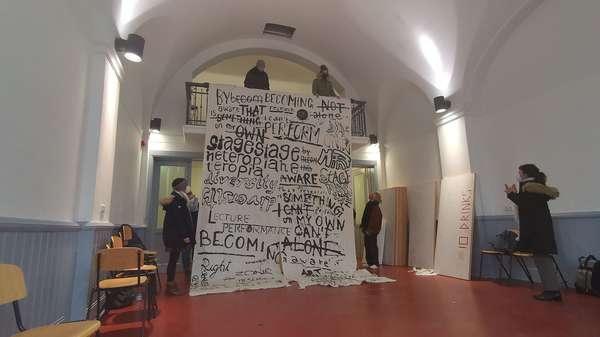
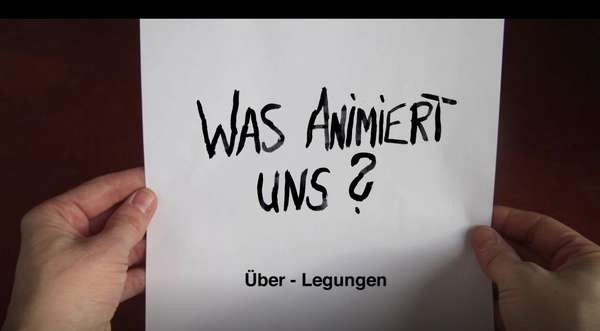
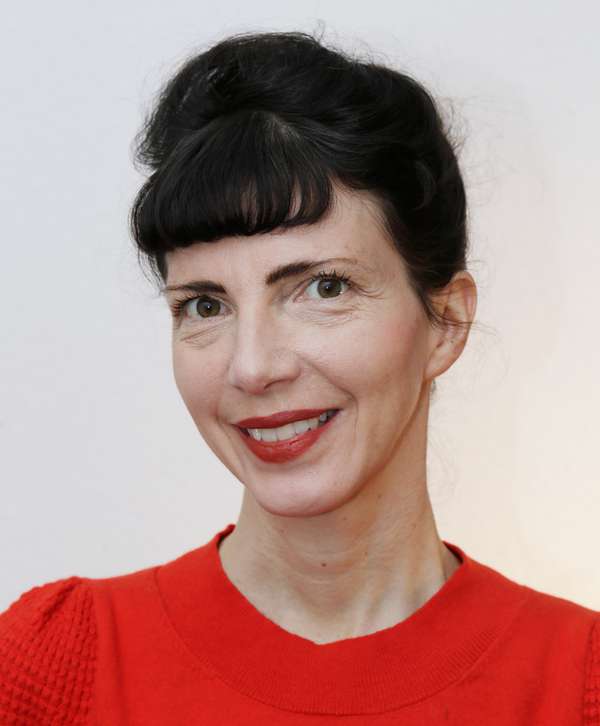
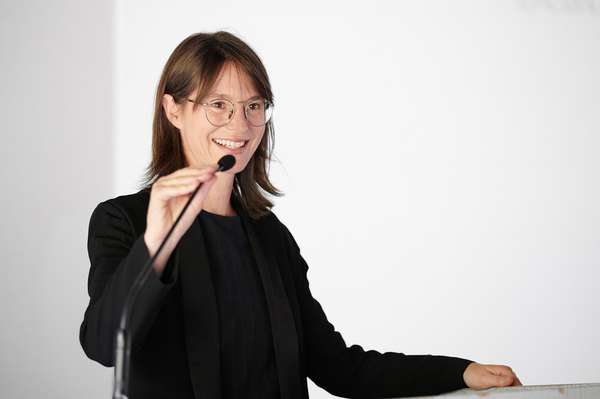

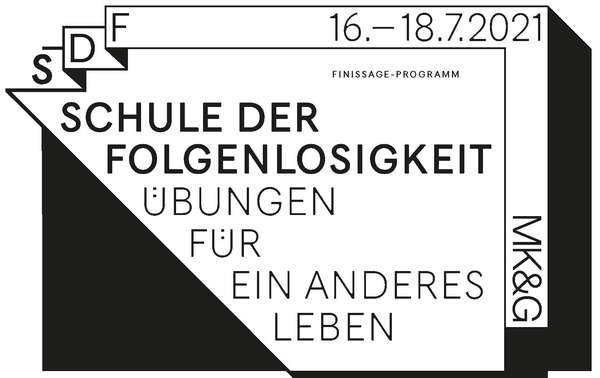


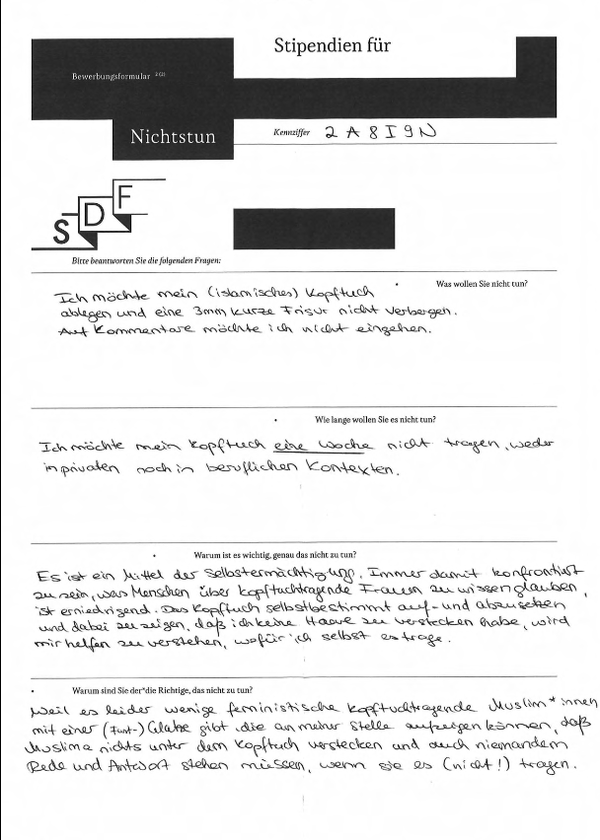









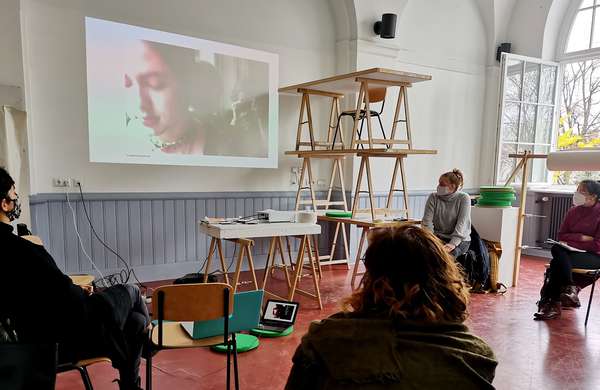





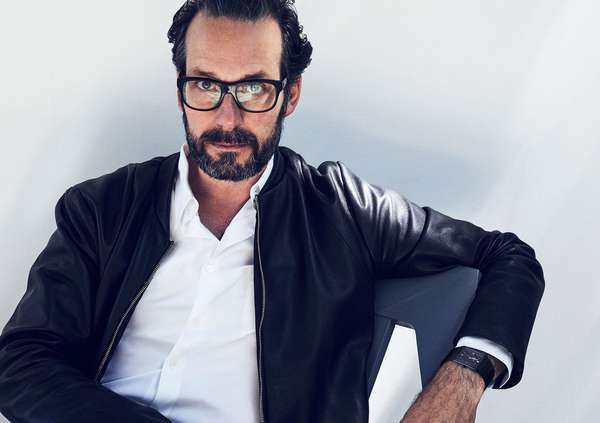

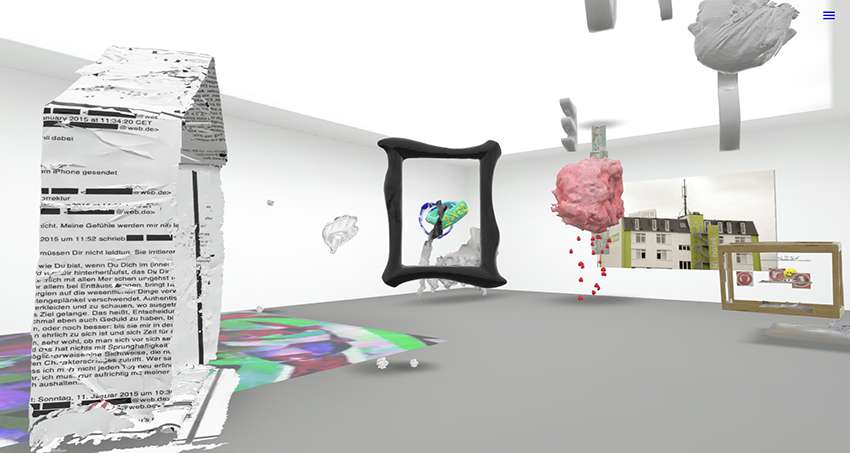

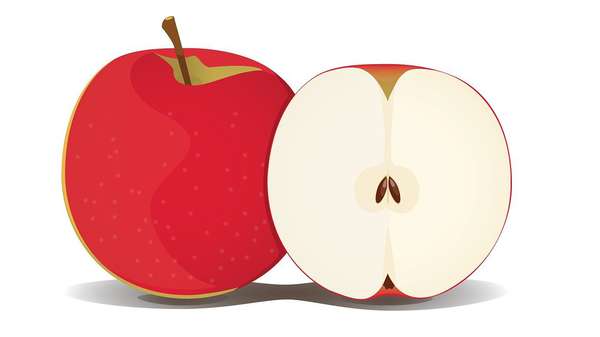

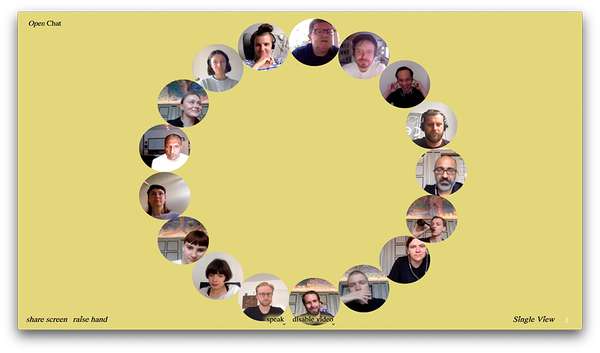

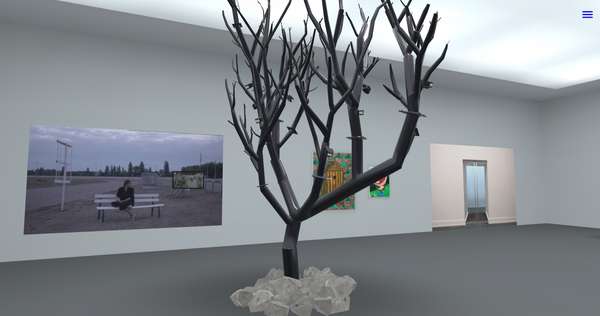









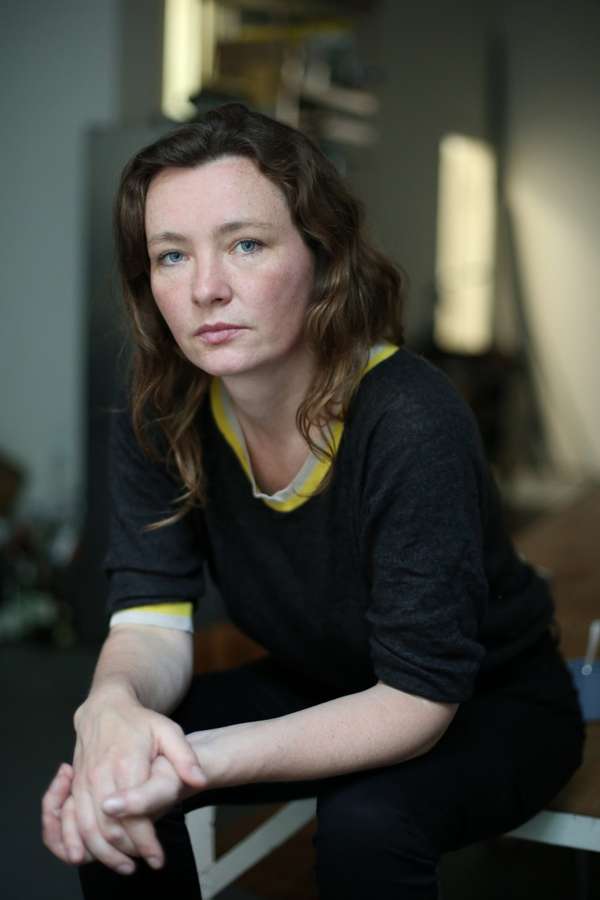

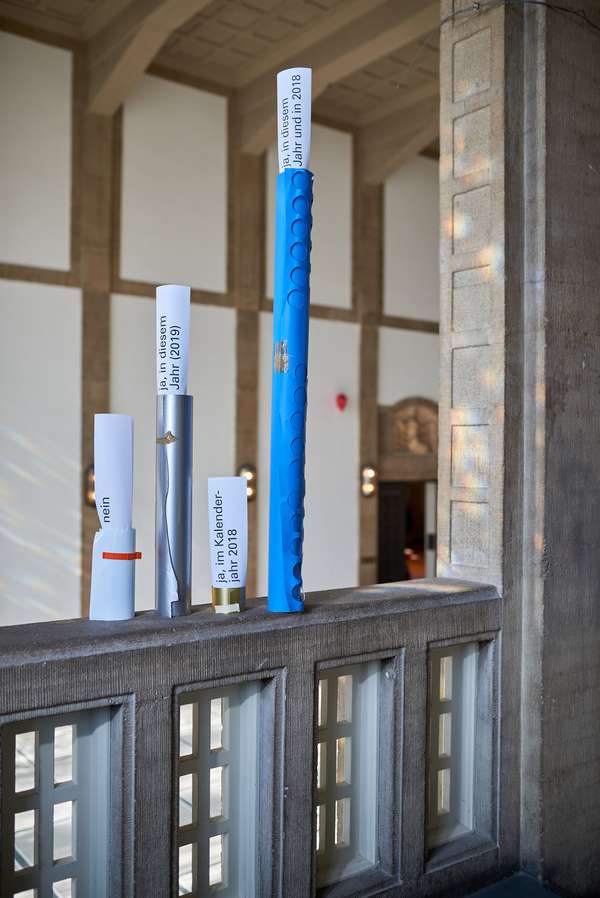



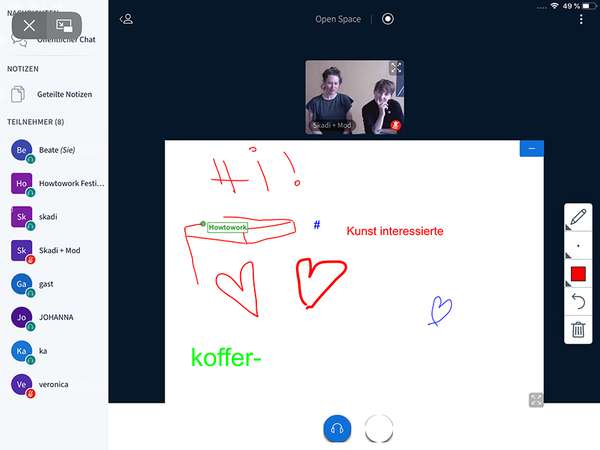
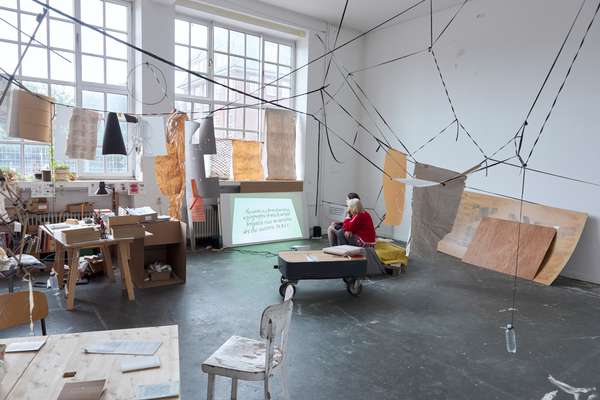

 Archives of the Body - The Body in Archiving
Archives of the Body - The Body in Archiving
 New partnership with the School of Arts at the University of Haifa
New partnership with the School of Arts at the University of Haifa
 Exhibition recommendations
Exhibition recommendations
 Annual Exhibition 2024 at the HFBK Hamburg
Annual Exhibition 2024 at the HFBK Hamburg
 How to apply: study at HFBK Hamburg
How to apply: study at HFBK Hamburg
 (Ex)Changes of / in Art
(Ex)Changes of / in Art
 Extended Libraries
Extended Libraries
 Semester Opening 2023/24
Semester Opening 2023/24
 And Still I Rise
And Still I Rise
 No Tracking. No Paywall.
No Tracking. No Paywall.
 Let's talk about language
Let's talk about language
 Graduate Show 2023: Unfinished Business
Graduate Show 2023: Unfinished Business
 Let`s work together
Let`s work together
 Annual Exhibition 2023 at HFBK Hamburg
Annual Exhibition 2023 at HFBK Hamburg
 Symposium: Controversy over documenta fifteen
Symposium: Controversy over documenta fifteen
 The best is saved until last
The best is saved until last
 Festival and Symposium: Non-Knowledge, Laughter and the Moving Image
Festival and Symposium: Non-Knowledge, Laughter and the Moving Image
 Wishing you a happy welcome
Wishing you a happy welcome
 Solo exhibition by Konstantin Grcic
Solo exhibition by Konstantin Grcic
 Art and war
Art and war
 Graduate Show 2022: We’ve Only Just Begun
Graduate Show 2022: We’ve Only Just Begun
 June is full of art and theory
June is full of art and theory
 Finkenwerder Art Prize 2022
Finkenwerder Art Prize 2022
 Nachhaltigkeit im Kontext von Kunst und Kunsthochschule
Nachhaltigkeit im Kontext von Kunst und Kunsthochschule
 Raum für die Kunst
Raum für die Kunst
 Annual Exhibition 2022 at the HFBK
Annual Exhibition 2022 at the HFBK
 Conference: Counter-Monuments and Para-Monuments.
Conference: Counter-Monuments and Para-Monuments.
 Diversity
Diversity
 Summer Break
Summer Break
 Live und in Farbe: die ASA Open Studios im Juni 2021
Live und in Farbe: die ASA Open Studios im Juni 2021
 Unlearning: Wartenau Assemblies
Unlearning: Wartenau Assemblies
 School of No Consequences
School of No Consequences
 Annual Exhibition 2021 at the HFBK
Annual Exhibition 2021 at the HFBK
 Semestereröffnung und Hiscox-Preisverleihung 2020
Semestereröffnung und Hiscox-Preisverleihung 2020
 Teaching Art Online at the HFBK
Teaching Art Online at the HFBK
 HFBK Graduate Survey
HFBK Graduate Survey
 How political is Social Design?
How political is Social Design?